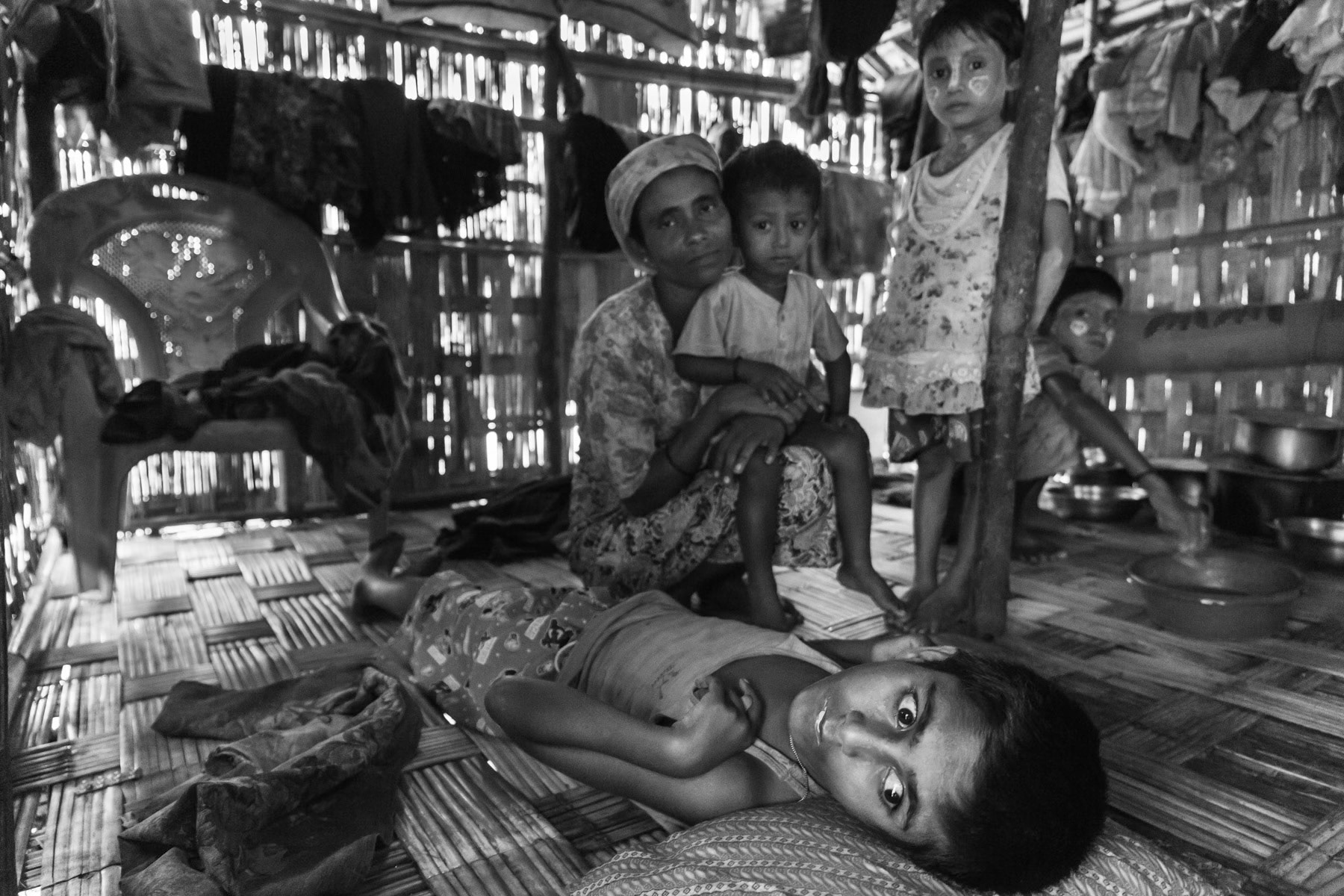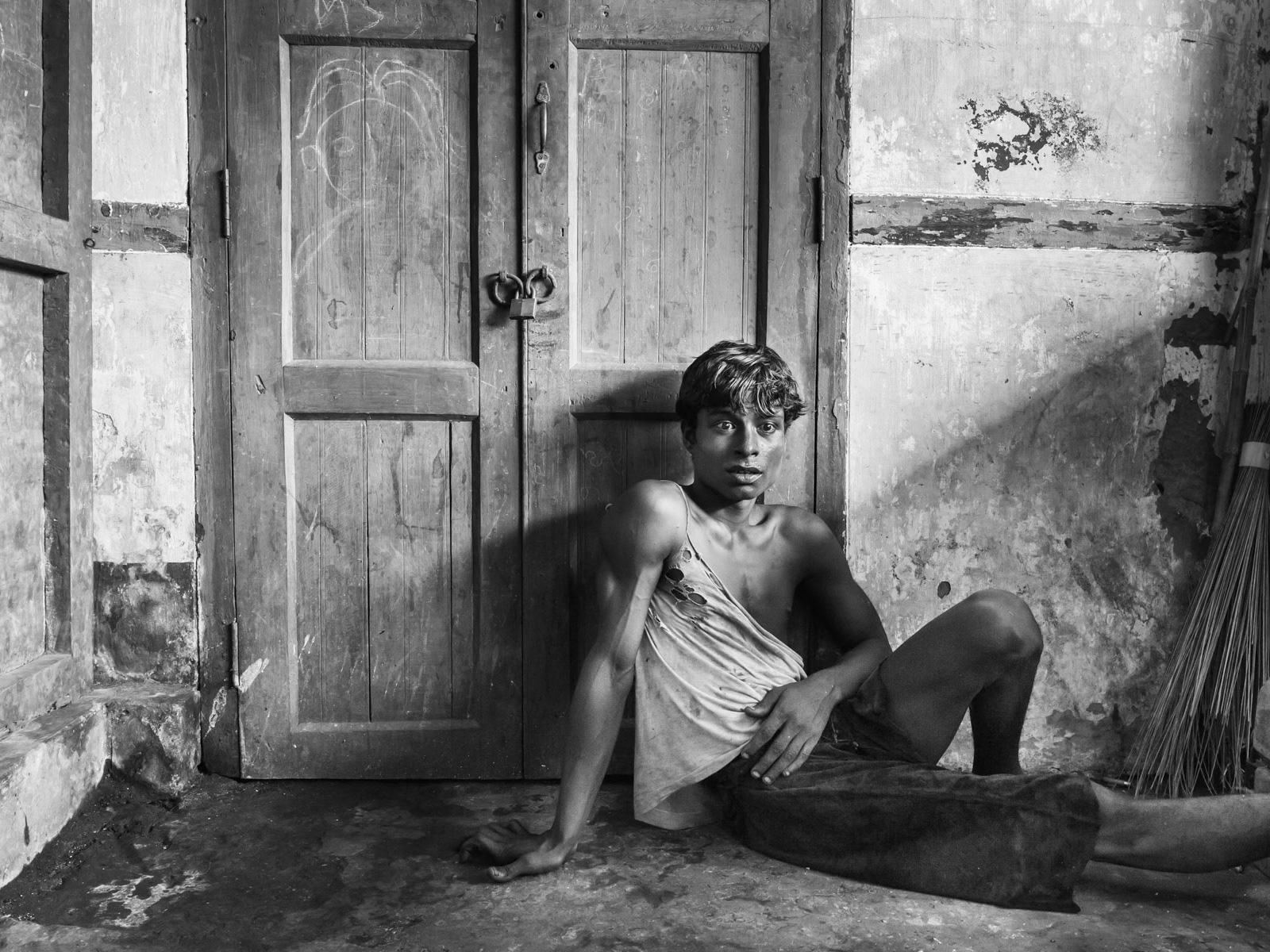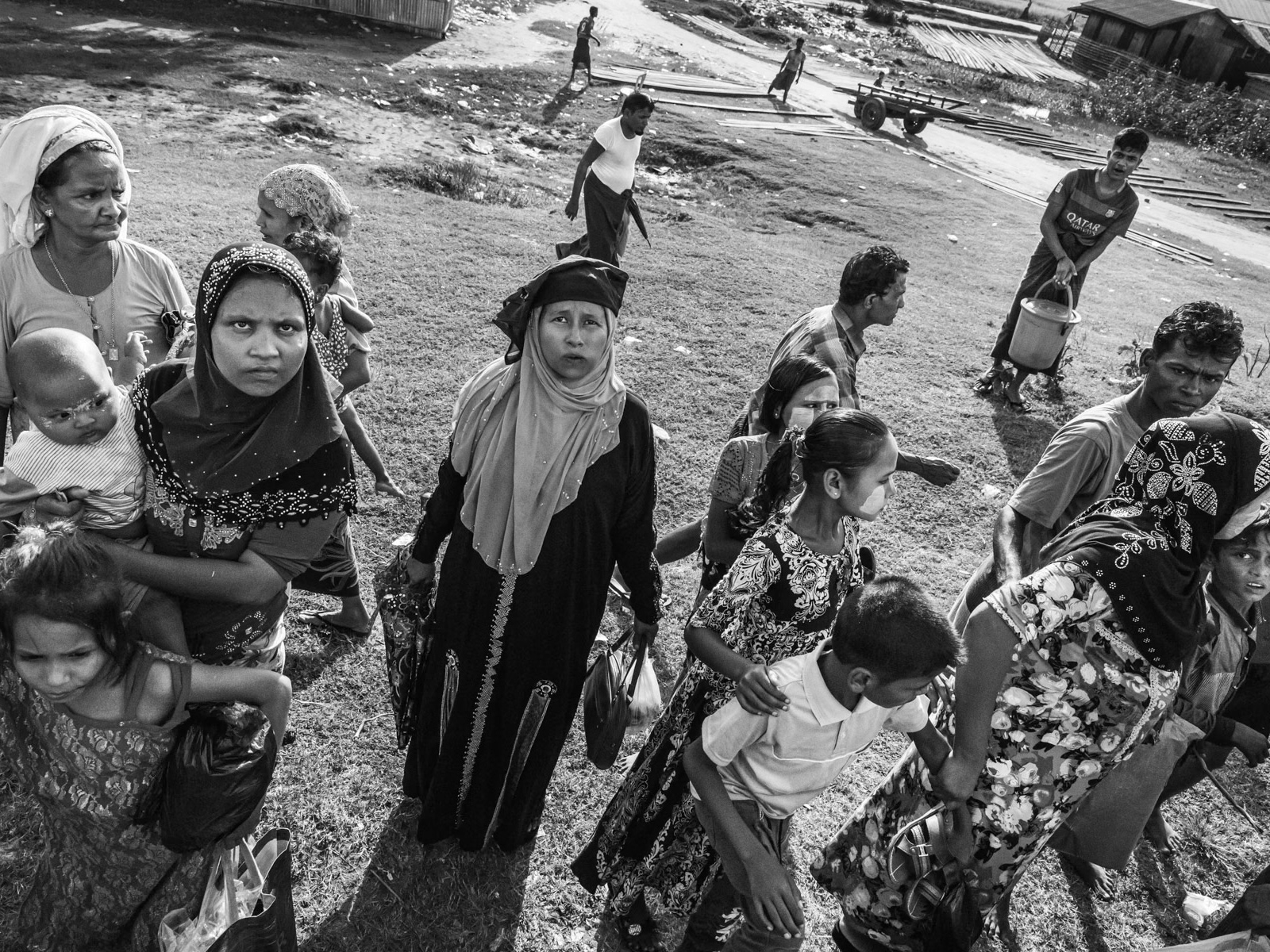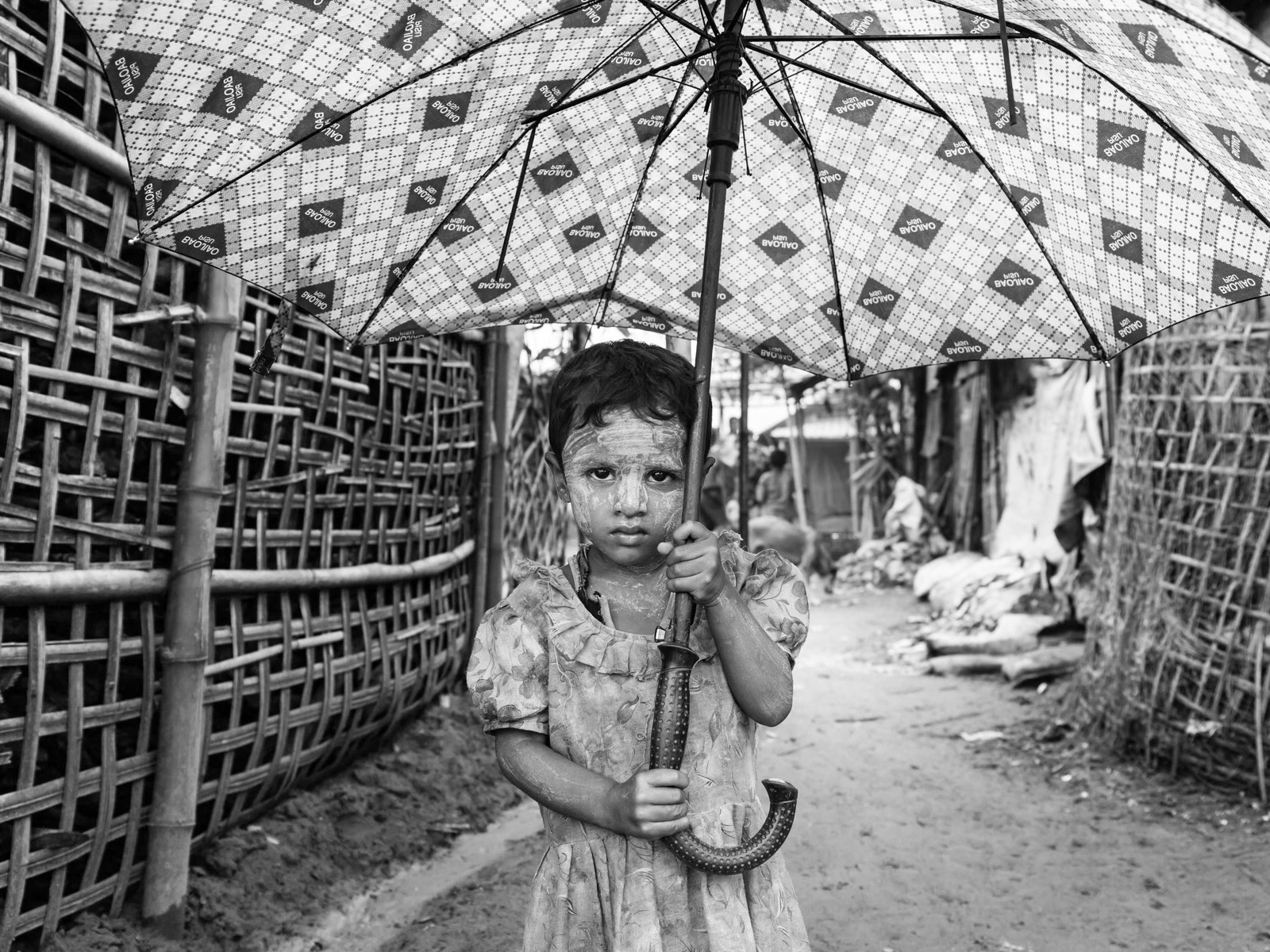The Ongoing Plight of the Rohingya in Myanmar: A Tragic Tale of Ethnic Cleansing and Genocide
For several years, I have been documenting the devastating plight of the Rohingya Muslim ethnic minority, whose survival is threatened by one of the most persistent and brutal campaigns of ethnic cleansing and genocide in the modern world. Despite the growing attention this issue has garnered internationally, the full extent of the violence, the suffering, and the systematic denial of basic human rights the Rohingya face within Myanmar remains largely underreported. The country’s Rakhine state, where most of the Rohingya reside, has become a hellish enclave where ethnic violence and persecution are state-sanctioned and relentless.
The situation in Myanmar is not just a matter of discrimination or isolated incidents of violence; it is a concerted effort to erase the Rohingya as a people, a group that the Myanmar government has long deemed undesirable. The events of October 2016 marked a critical turning point when the Arakan Rohingya Salvation Army (ARSA) carried out an attack on Myanmar's border police forces. Though this was a relatively small-scale attack, the Myanmar government responded with an overwhelming and disproportionate force, launching a campaign of violence against the entire Rohingya population. It was not just a retaliatory strike, but the beginning of a concerted effort to obliterate the Rohingya through mass killings, burnings of villages, and widespread rape. This wave of violence displaced over 100,000 Rohingya, many of whom fled to neighboring Bangladesh in search of refuge. The evidence of ethnic cleansing was clear: summary executions, mass rapes, and the destruction of villages with the intent to erase any trace of Rohingya existence.
But it was the aftermath of the August 2017 attacks on Myanmar police posts by ARSA that brought the situation to an international breaking point. What followed was a full-scale "security operation" by Myanmar's military, a so-called crackdown on insurgents that quickly escalated into one of the most brutal genocidal campaigns the world has seen in recent years. This military operation, justified under the guise of maintaining law and order, saw the complete decimation of entire Rohingya villages. According to reports from human rights organizations and international observers, Myanmar’s military forces engaged in systematic acts of murder, torture, arson, and mass rape. The evidence was irrefutable: thousands of Rohingya civilians were killed, villages were burned to the ground, and women and children were subjected to extreme forms of sexual violence.
Over 750,000 Rohingya were forced to flee their homes in Rakhine state, seeking sanctuary in neighboring Bangladesh. The situation was tragic not only because of the scale of the violence but also because it was carried out with the full knowledge and complicity of Myanmar’s military and government. Throughout this period, Myanmar’s government worked hard to control the narrative, denying the atrocities taking place within its borders and labeling the international outcry as "fake news." The sheer brutality of the operations against the Rohingya was systematically concealed from the international community, with journalists and humanitarian workers denied access to Rakhine state, and reports of the violence suppressed.
Despite the enormity of these crimes, the situation within Myanmar has not improved. In Rakhine state today, fewer than half a million Rohingya remain, a far cry from the million-strong community that once lived there. The remaining Rohingya face a daily existence that can only be described as a modern-day apartheid. They are systematically deprived of their fundamental rights, including the right to citizenship, freedom of movement, access to healthcare, and education. Rohingya children are denied the chance to go to school, while the elderly and disabled are often left to suffer alone, unable to access medical care. Those who remain in Rakhine state live in conditions akin to open-air prisons, confined to camps that are essentially ghettos. The Rohingya are trapped in a cycle of poverty and violence, with no means of escape or prospects for a better future.
The government's unwillingness to address the plight of the Rohingya, or even to acknowledge their existence, has left them with no recourse. In the eyes of Myanmar’s government, the Rohingya are not citizens, not even human beings deserving of basic dignity. Their suffering is rendered invisible, their humanity denied. In this context, the role of international actors—journalists, human rights defenders, and photographers—is crucial. By documenting the suffering of the Rohingya and ensuring that their voices are heard, we can hold the perpetrators accountable and challenge the narrative of denial pushed by Myanmar’s authorities. Testimonies from survivors, particularly those who have fled to Bangladesh and other countries, can serve as powerful evidence in the fight for justice. These personal accounts are a critical part of the ongoing effort to expose the truth about what is happening in Myanmar.
For the Rohingya, survival is an ongoing struggle. They are a people who have endured the worst forms of violence and oppression, and yet they continue to face the threat of annihilation. The international community must not remain silent in the face of such brutality. The Rohingya’s plight is not a distant issue; it is a moral crisis that demands our immediate attention and action. By documenting their suffering, advocating for their rights, and demanding justice for the crimes committed against them, we can begin to create a future where the Rohingya are no longer invisible, and their right to live with dignity is recognized. The world cannot afford to ignore the genocide unfolding in Myanmar—it is time for the Rohingya to be seen, heard, and ultimately given the justice they deserve.
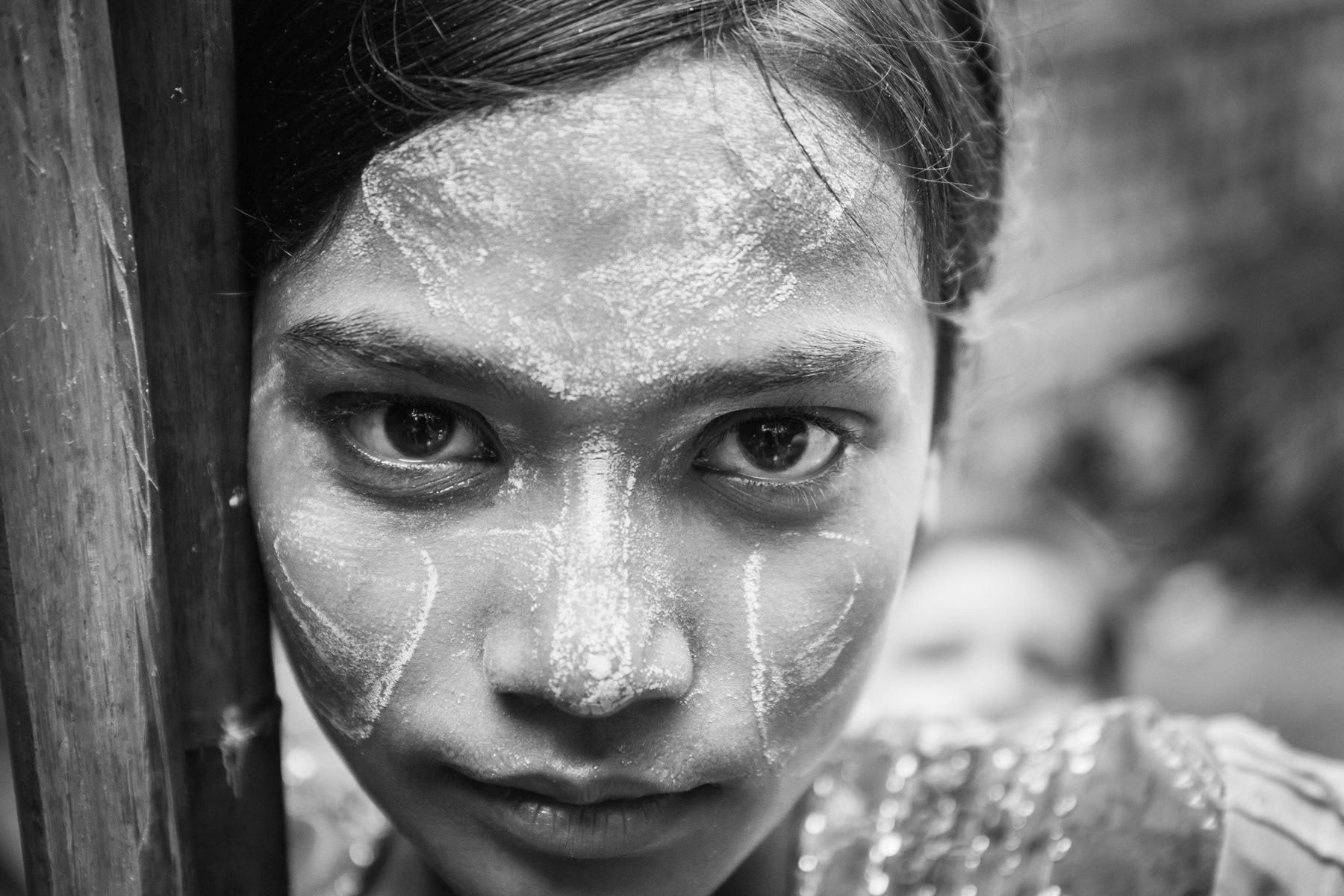
Forcibly displaced Rohingya girl victim of inter ethnic violance. Thau Chaung camp for displaced Rohingya from Sittwe. Sittwe township, Myanmar, October 2016
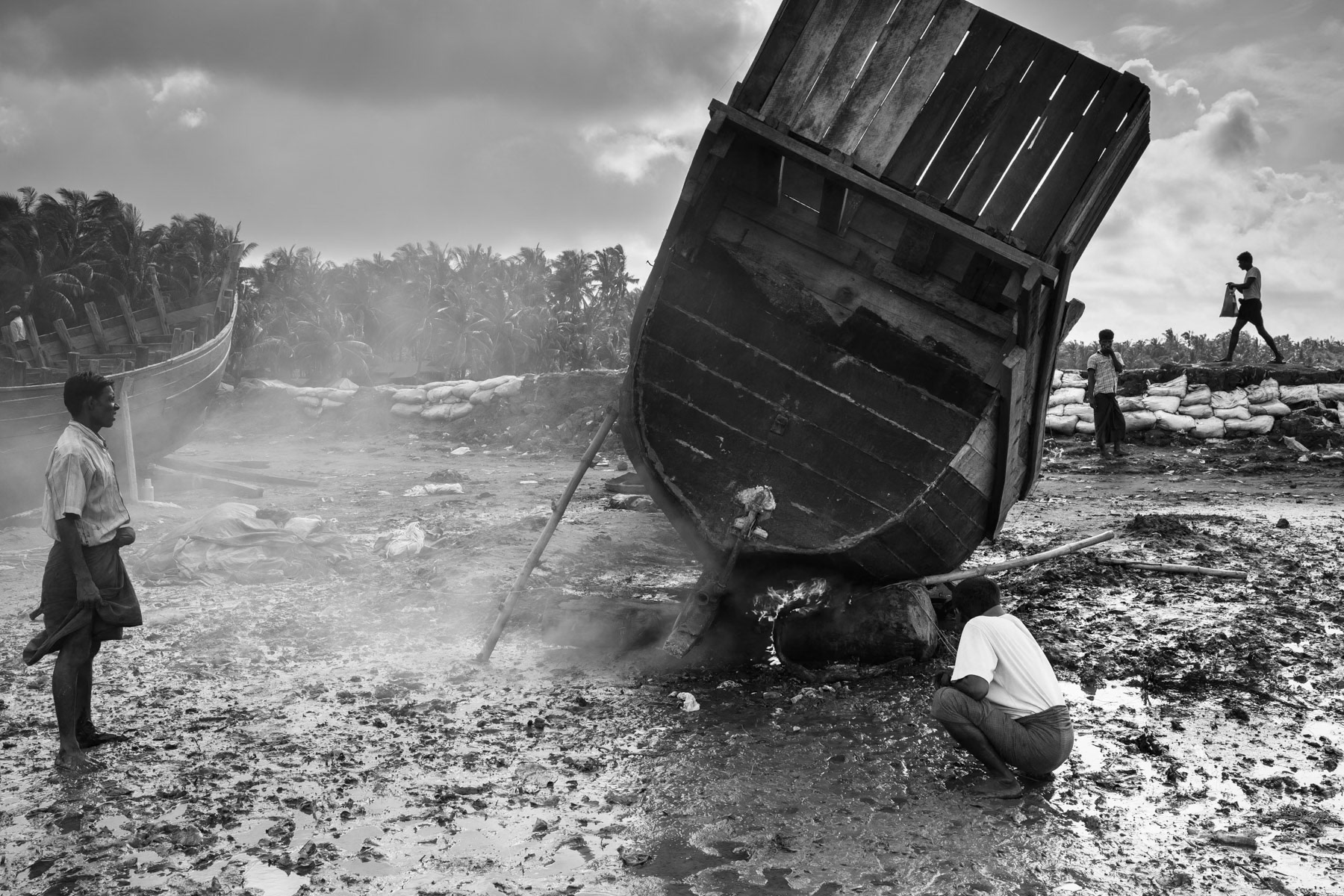
Rohingya fishermen repairing a boat, Thau Chaung village near Sittwe, Myanmar, September 2015
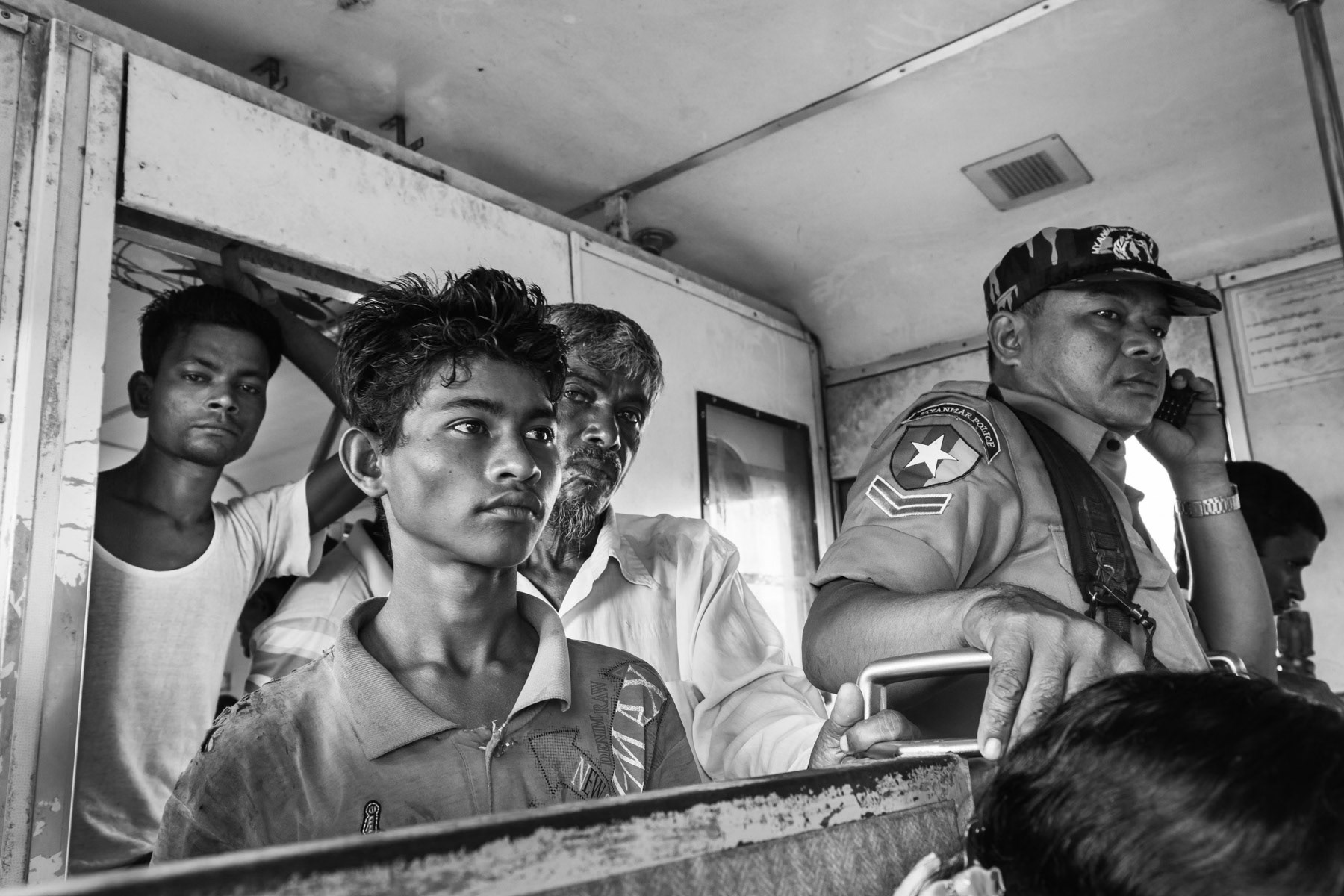
The apartheid train under heavy guard running through the IDP camps outside Sittwe. The train has ceased to operate since the last waves of violence in October 2016 and August 2017. Rakhine State, Myanmar, June 2016

Say Tha Ma Hyi concentration camp for Rohingya in Sittwe township, Myanmar, September 2015
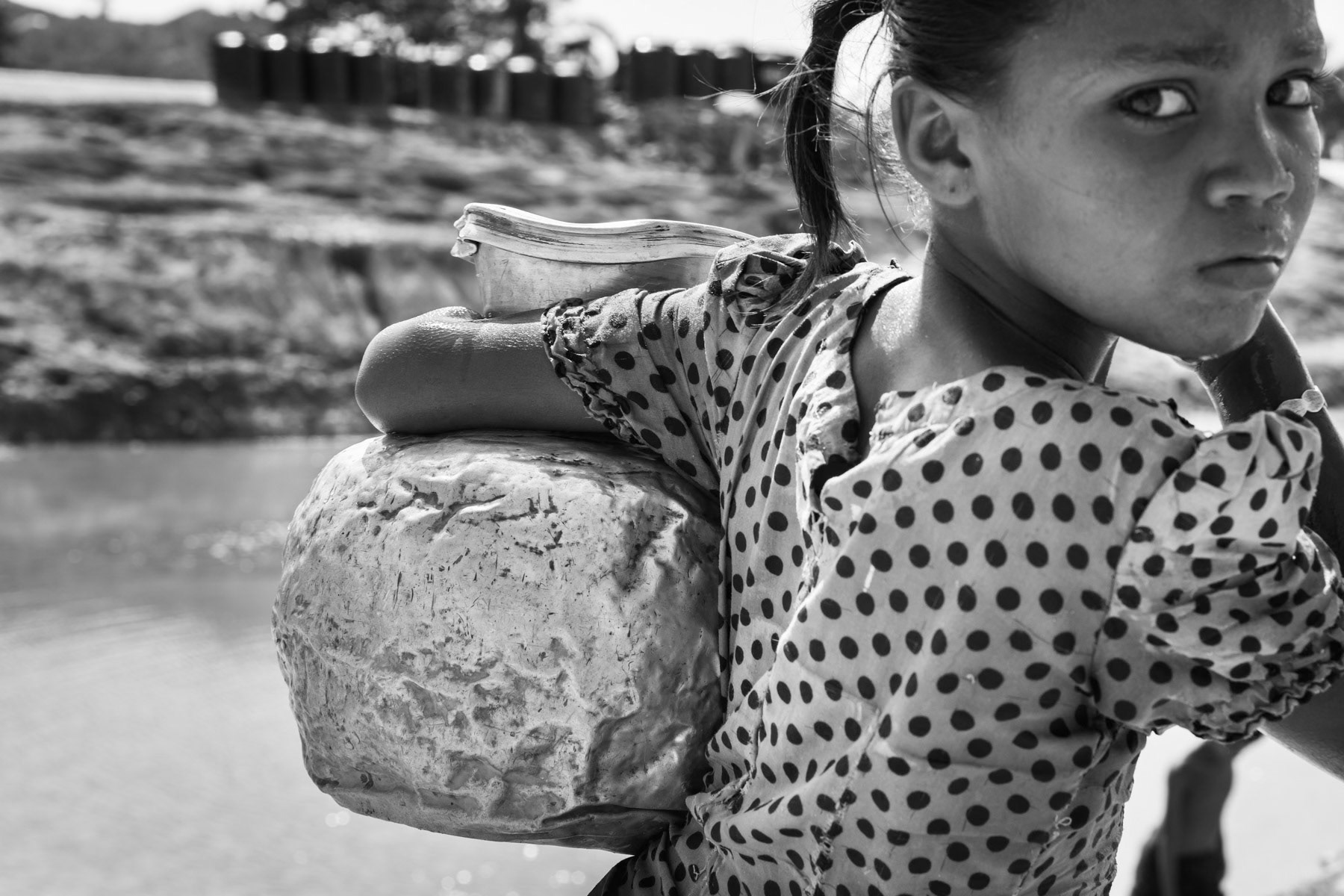
A Rohingya girl carrying the little water remaining in the ponds at the end of the dry season. The lack of rain water makes people pump water from the river which is consumed untreated, causing high levels of diarrhea among the camp population. Kyin Ni Pyin IDP Camp, Rakhine, Myanmar, May 2017
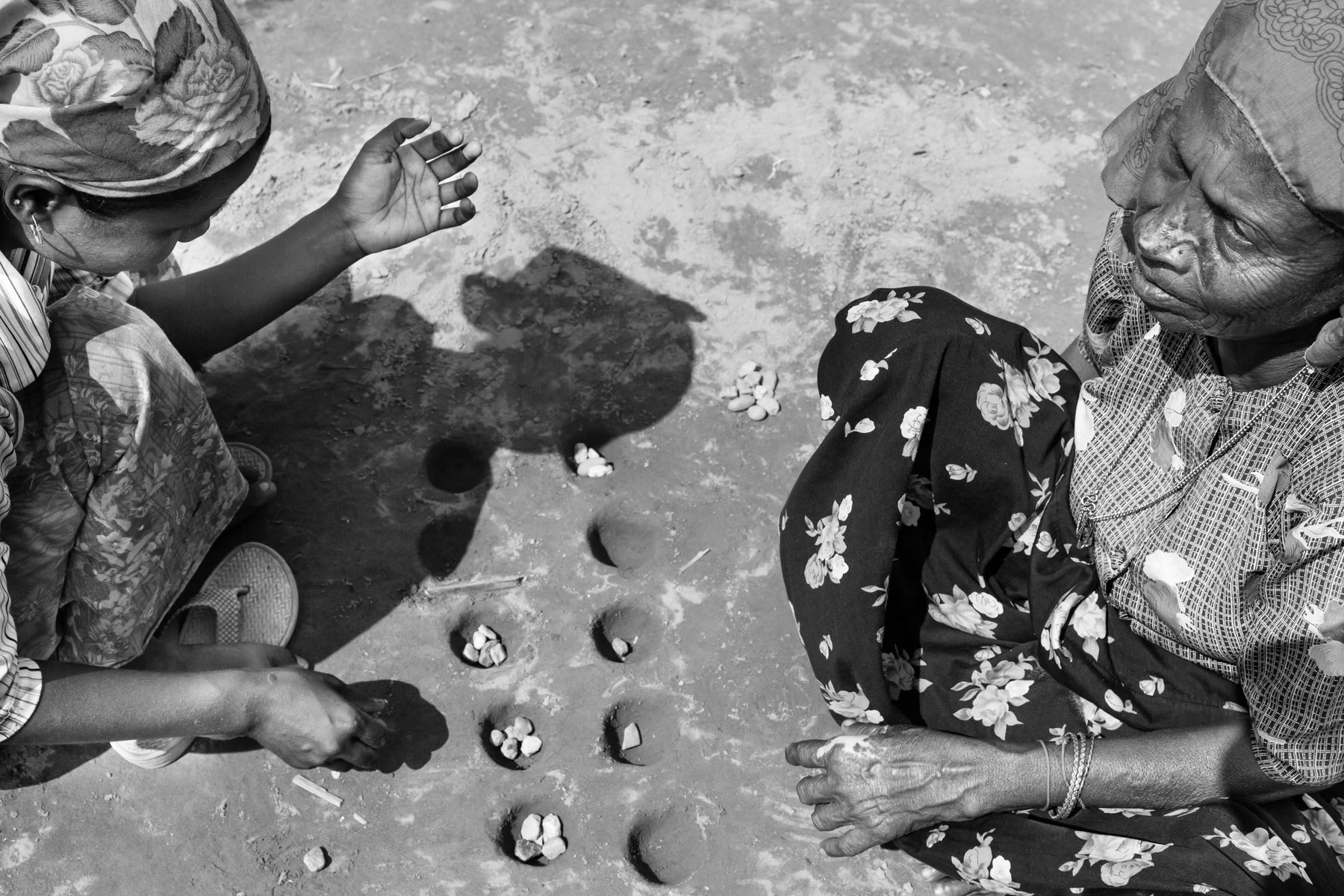
Khaung Doke Khar camp for the displaced Rohingya minority, Sittwe townships, Myanmar, September 2015
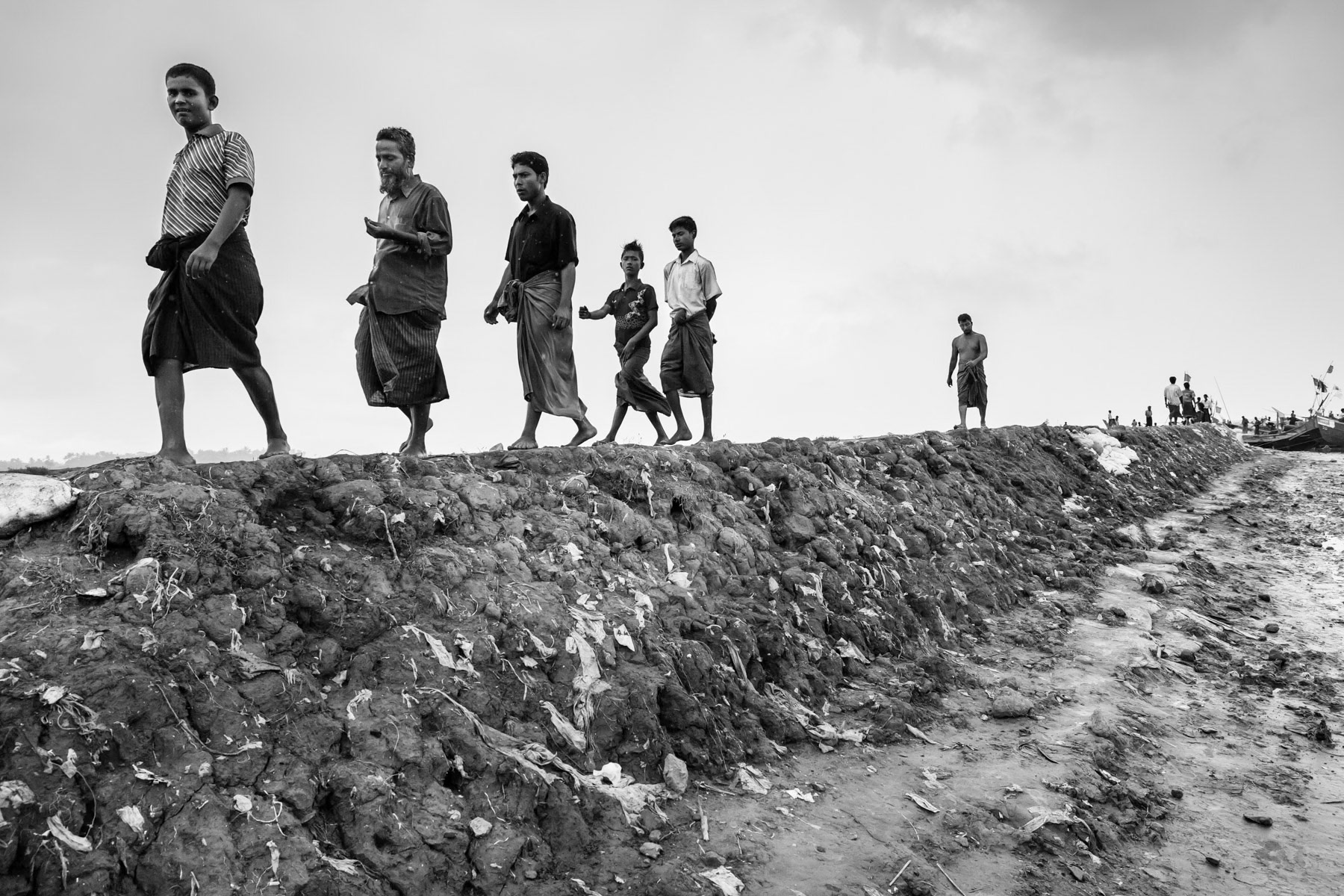
Rohingya fishermen community of Thau Chuang village, Sittwe township, Myanmar, September 2015
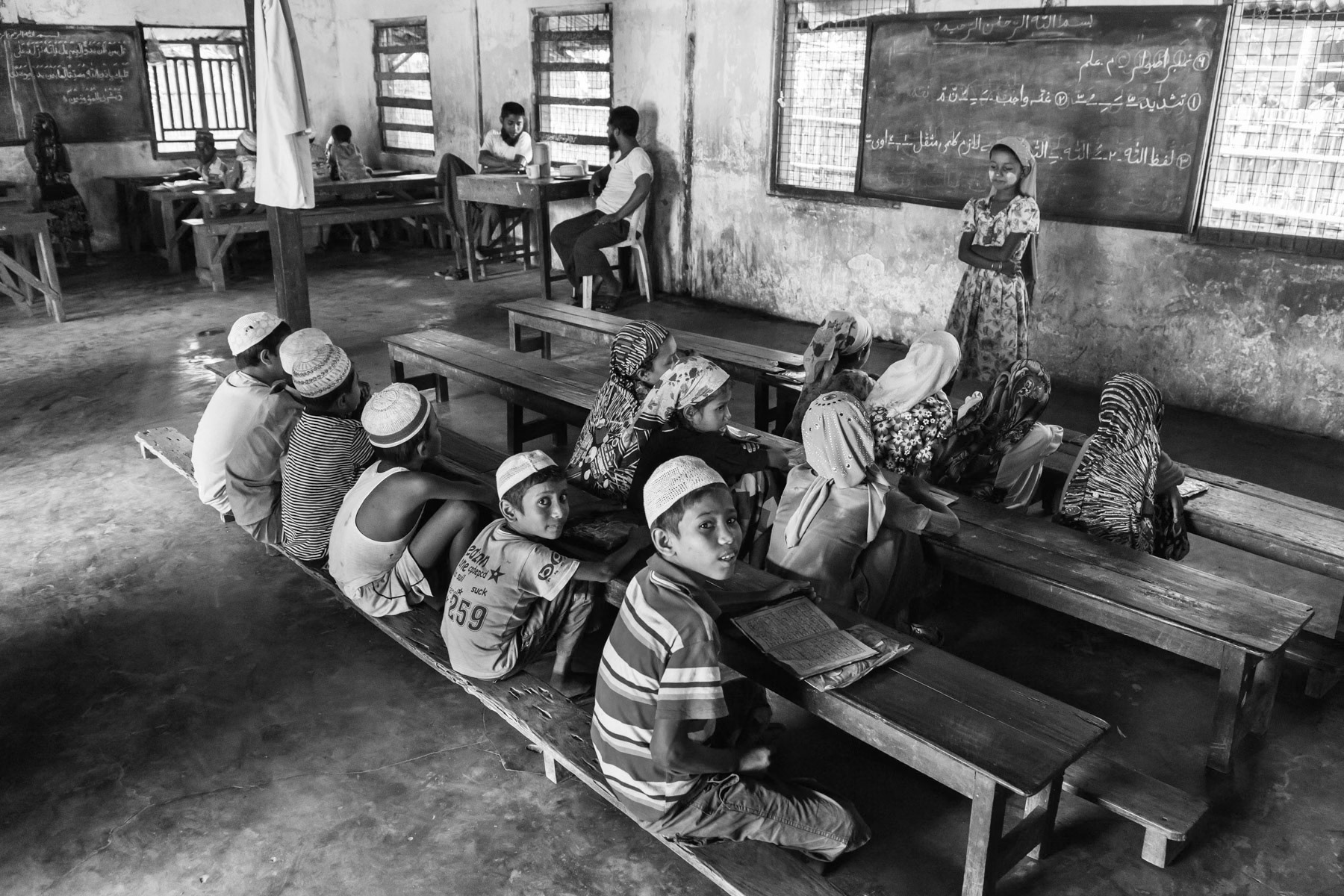
Medressa in the mosque of Aung Mingalar in Sittwe, Myanmar, September 2015
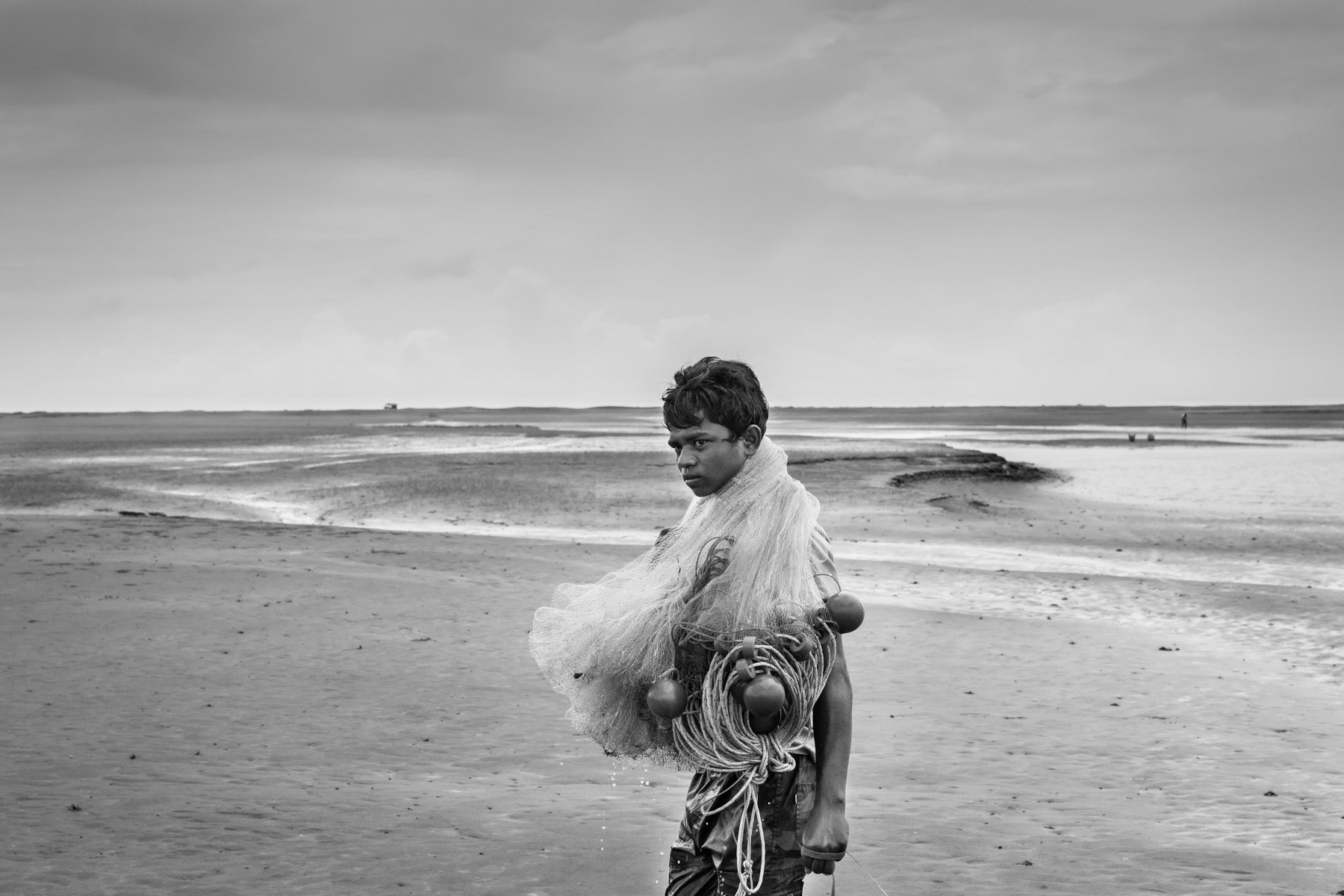
Beach from where trafficers launch their boats filled with desperate boat people, Ohn Taw Gyi Rohingya village in Rakhine State, Myanmar, September 2015
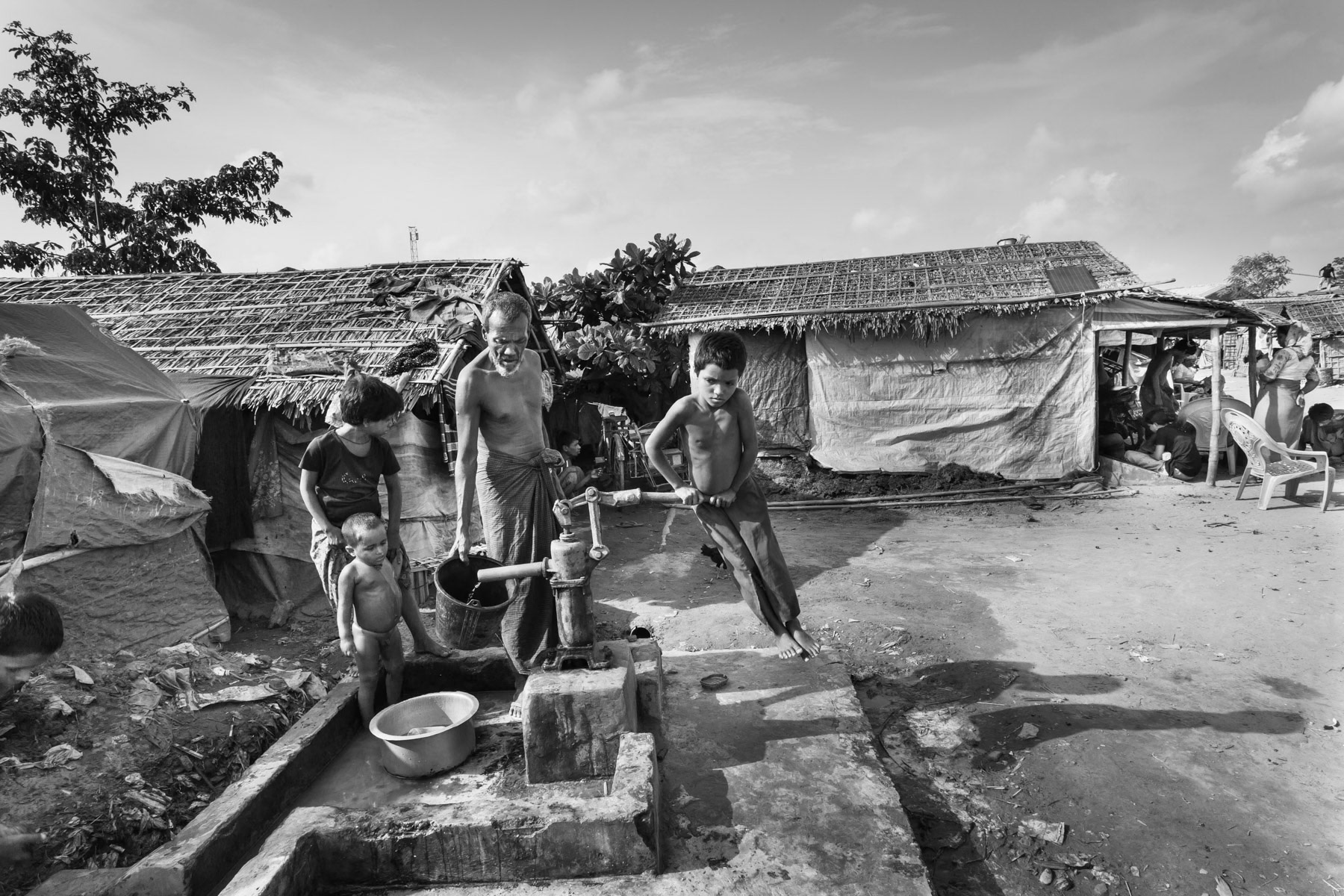
Dar Paing IDP Camp for stateless Rohingy displaced following the 2012 inter ethnic violance. Sittwe township, Rakhine, Myanmar, May 2016
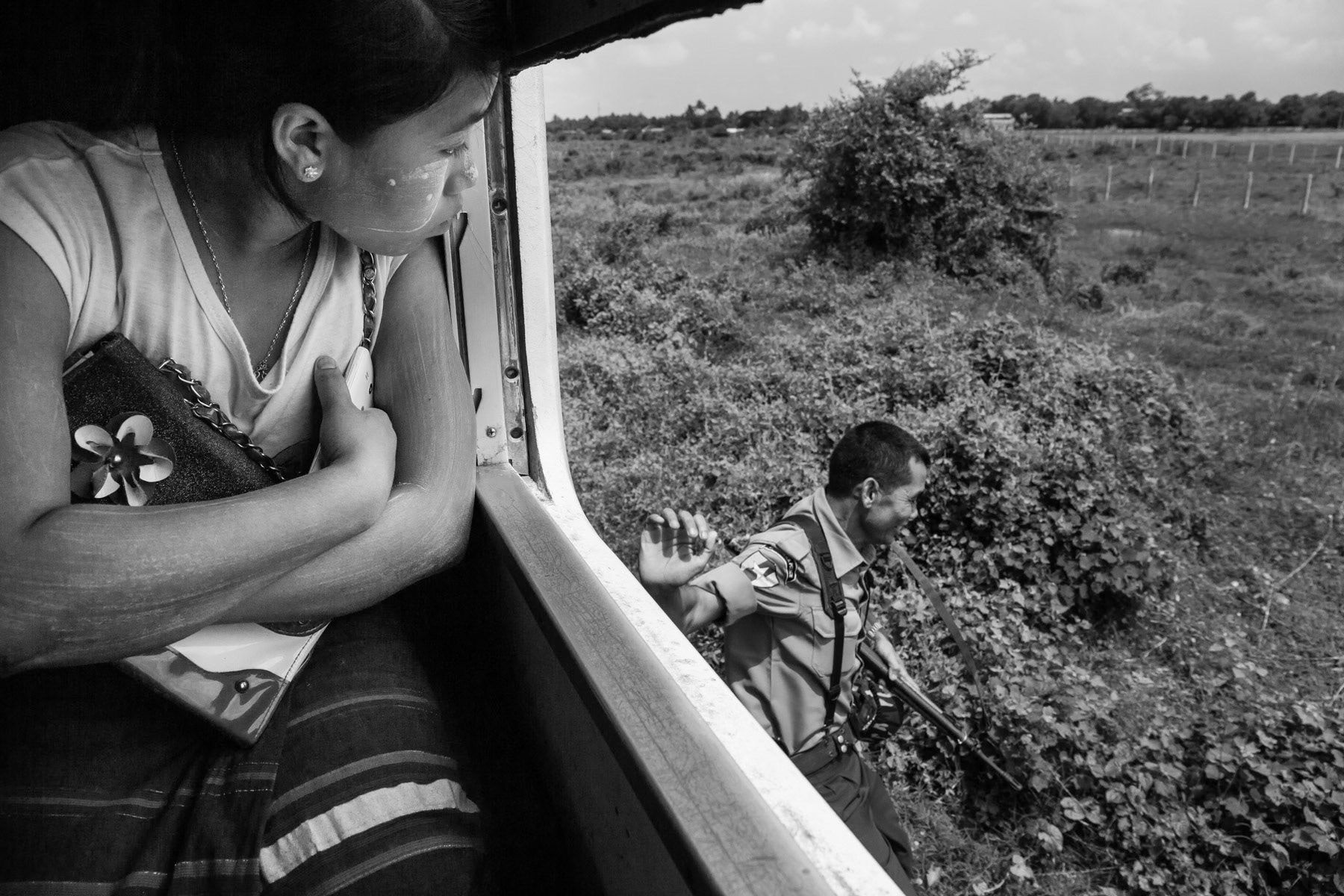
The apartheid trein under heavy guard running through the IDP camps outside Sittwe, Rakhine, Myanmar, June 2016

Rohingya girl with tanaka on her face serving as protection. Thet Key Pyin IDP camp, Rakhine, Myanmar, May 2016

Rohingya children playing, Motin Nya camp, Sittwe, Myanmar, May, 2016
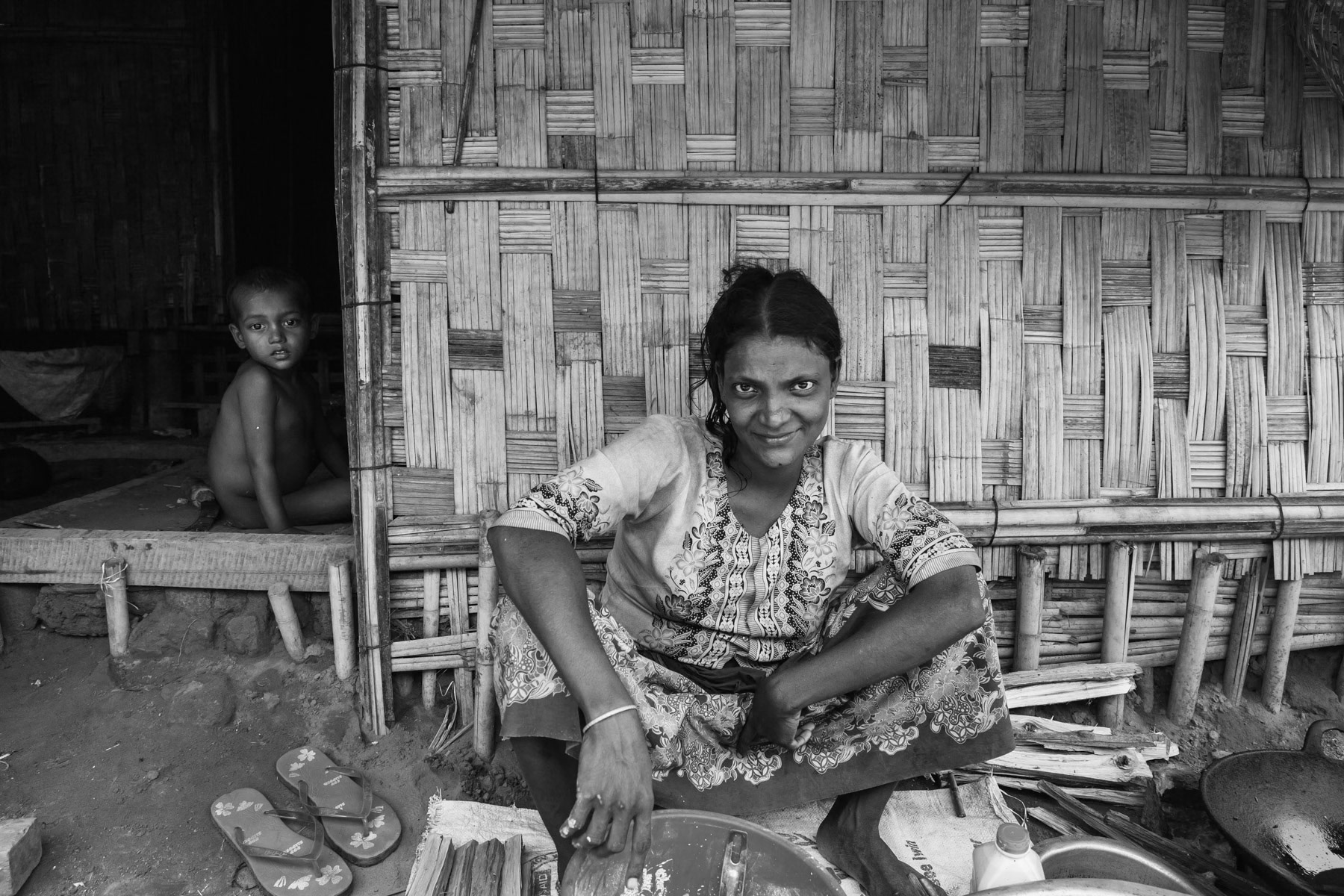
Ohn Taw Gyi IDP Camp for stateless Rohingy displaced following the 2012 inter ethnic violance. Sittwe township, Rakhine, Myanmar, May 2016
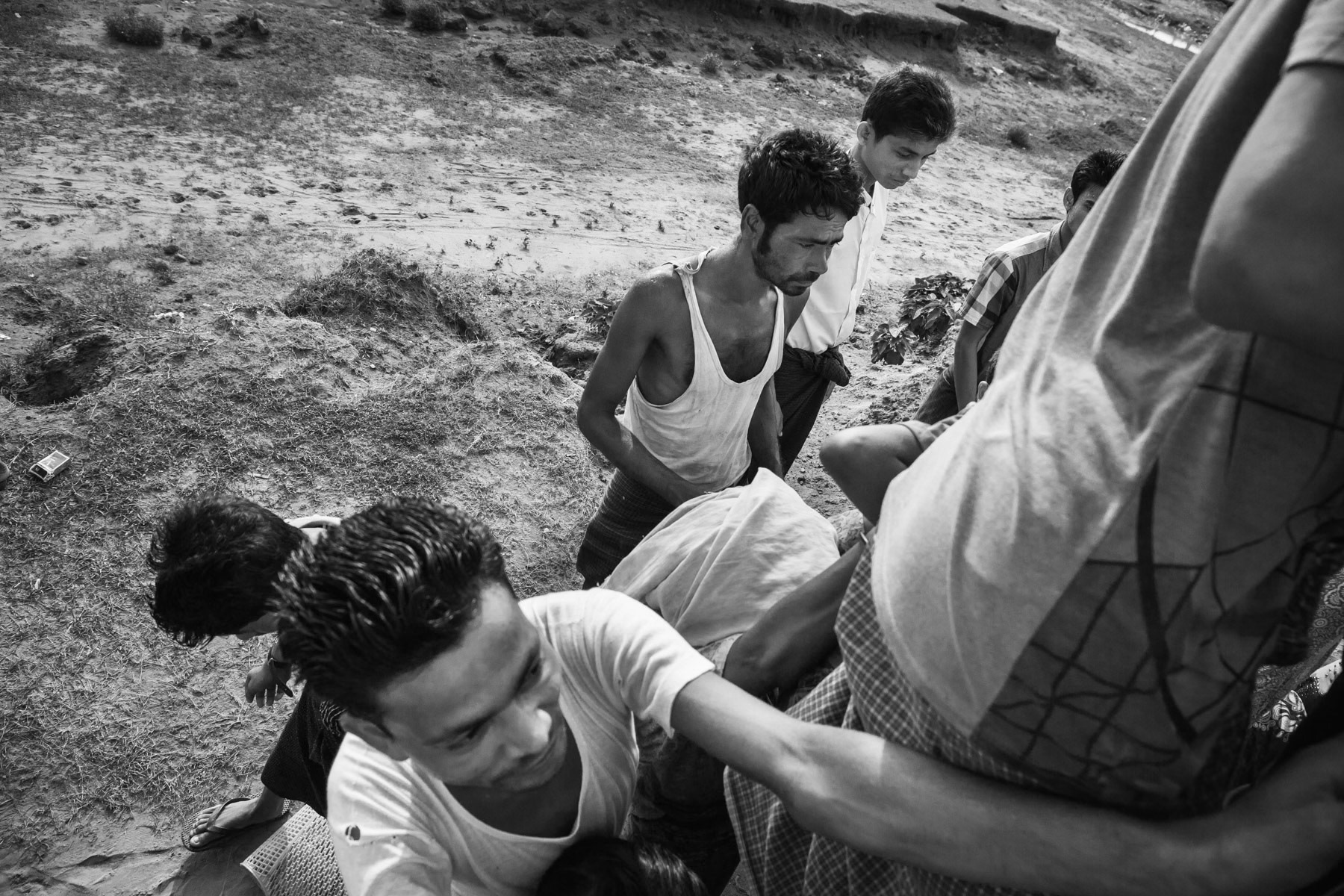
Rohingya IDPs getting into the only train wagon allowed for them. Sittwe township, Rakhine, Myanmar, June 2016
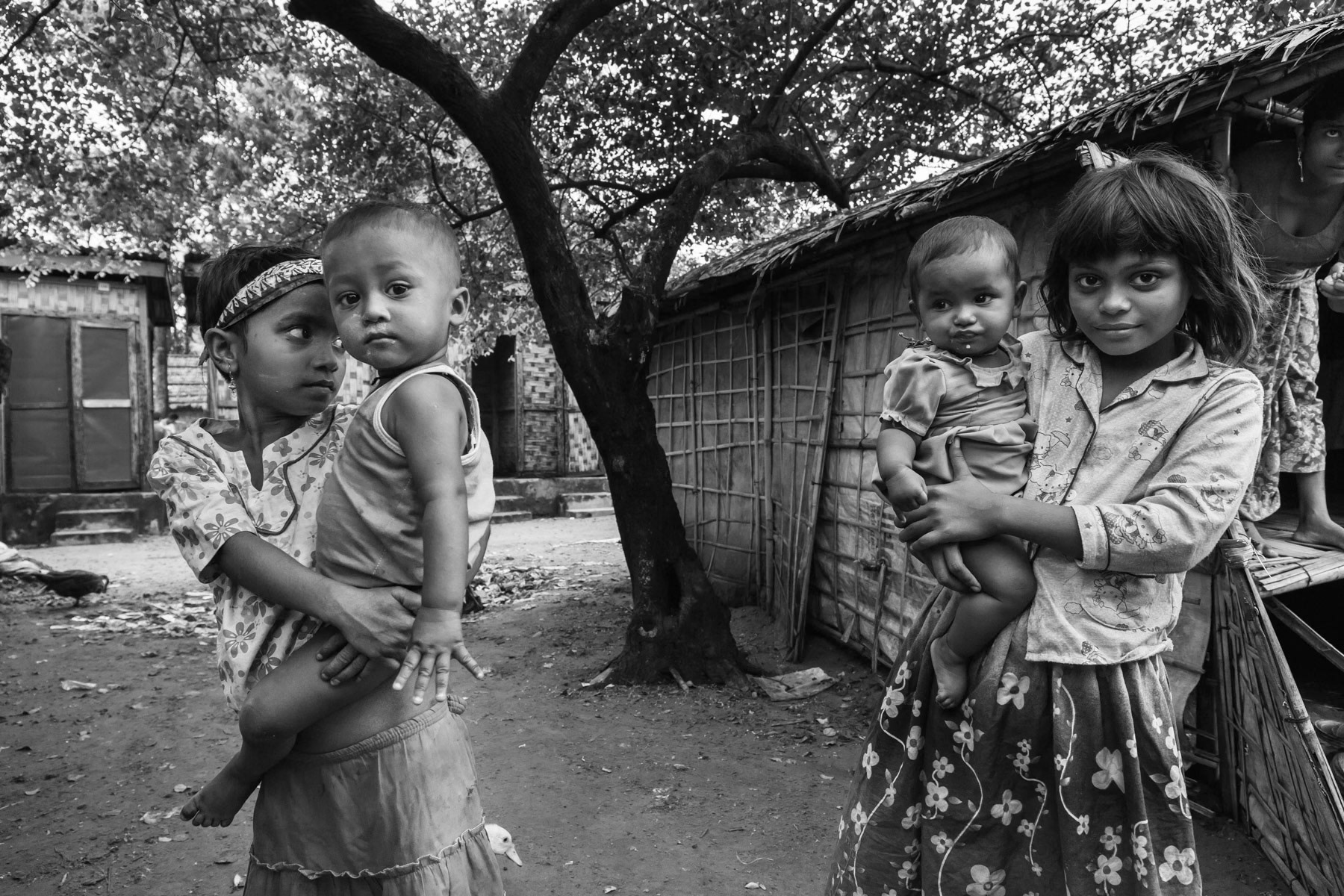
Rohingya children caring for their siblings. Thau Chaung camp for forcibly displaced Rohingya, Sittwe in Rakhine State of Myanmar, October 2016
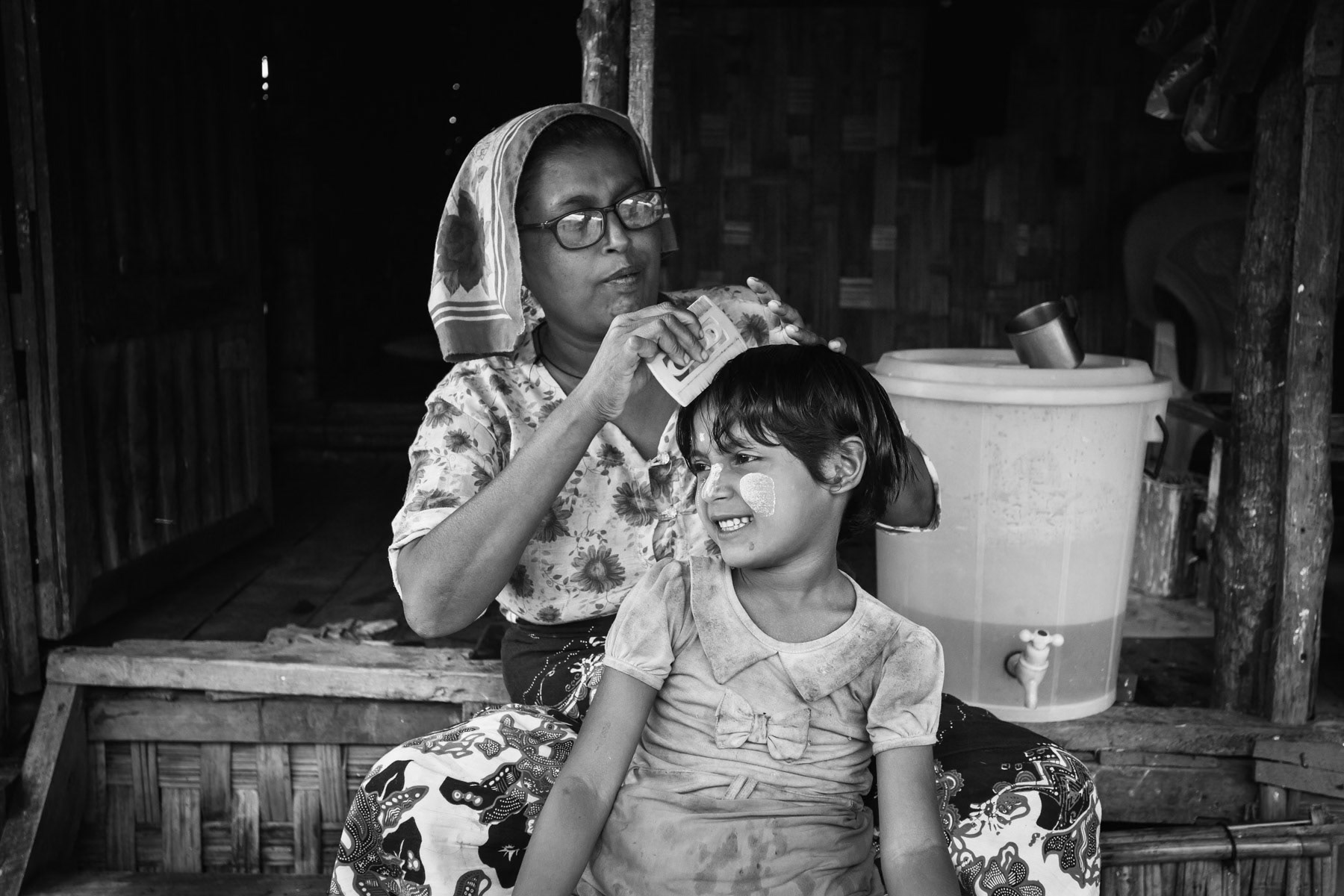
Baw Du Pha internment camp for forcibly displaced Rohingya. Sittwe township in Rakhine, Myanmar, October 2016
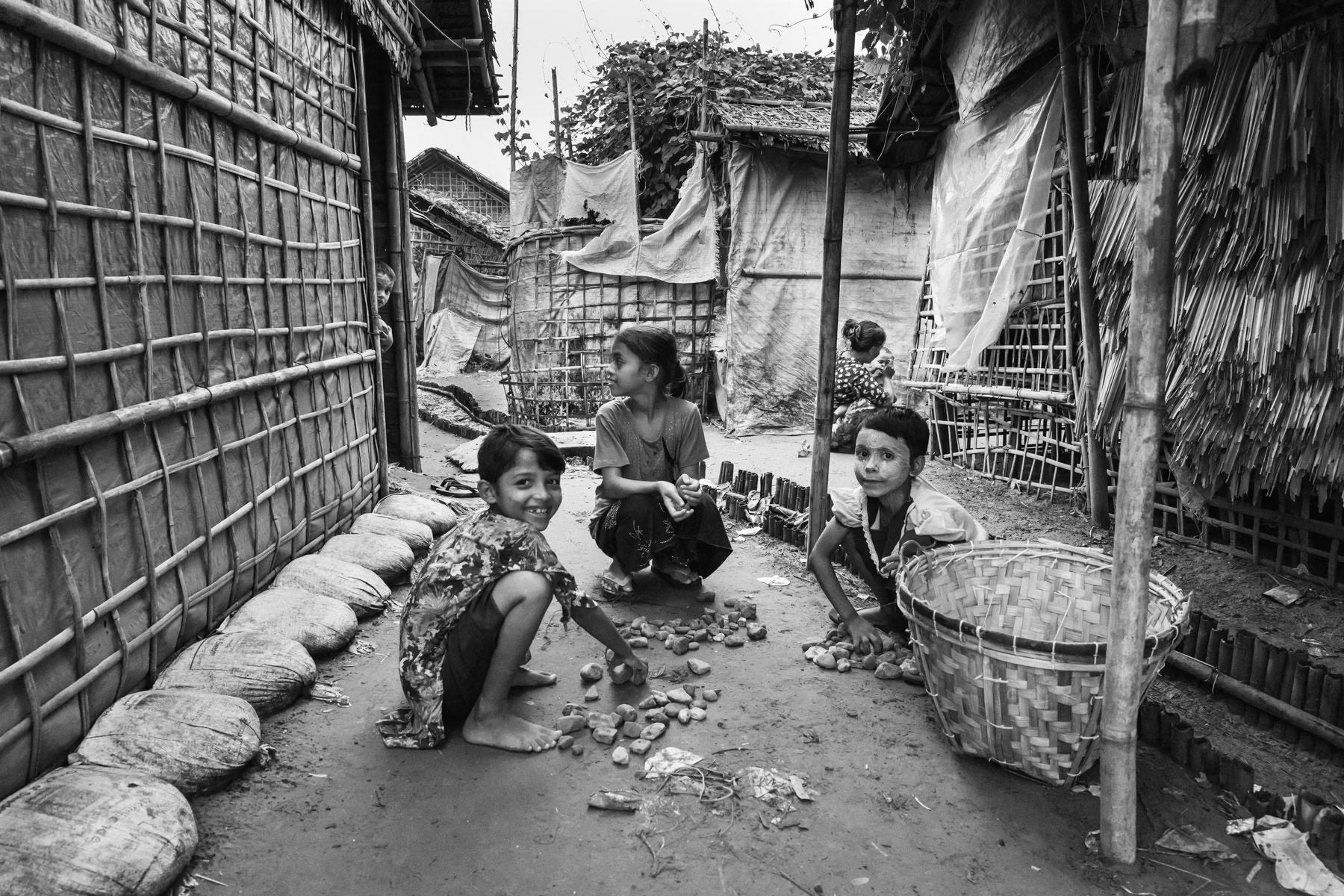
Children sorting stones, Thau Chaung internment camp for forcibly displaced Rohingya. Sittwe township, Myanmar, October 2016
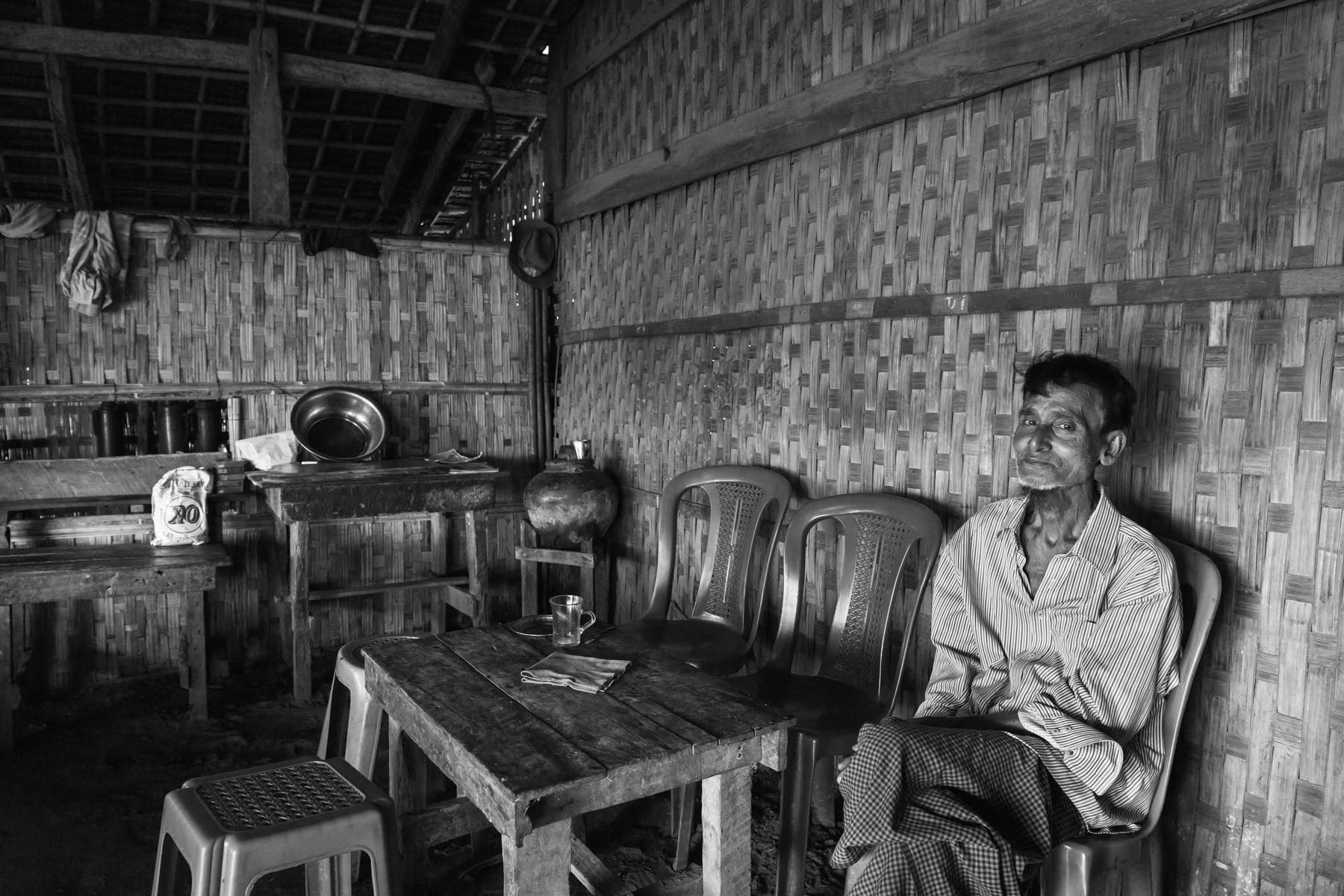
Tea shop in Rashimi, a Rohingya village one hour north of Sittwe, Myanmar, June 2016
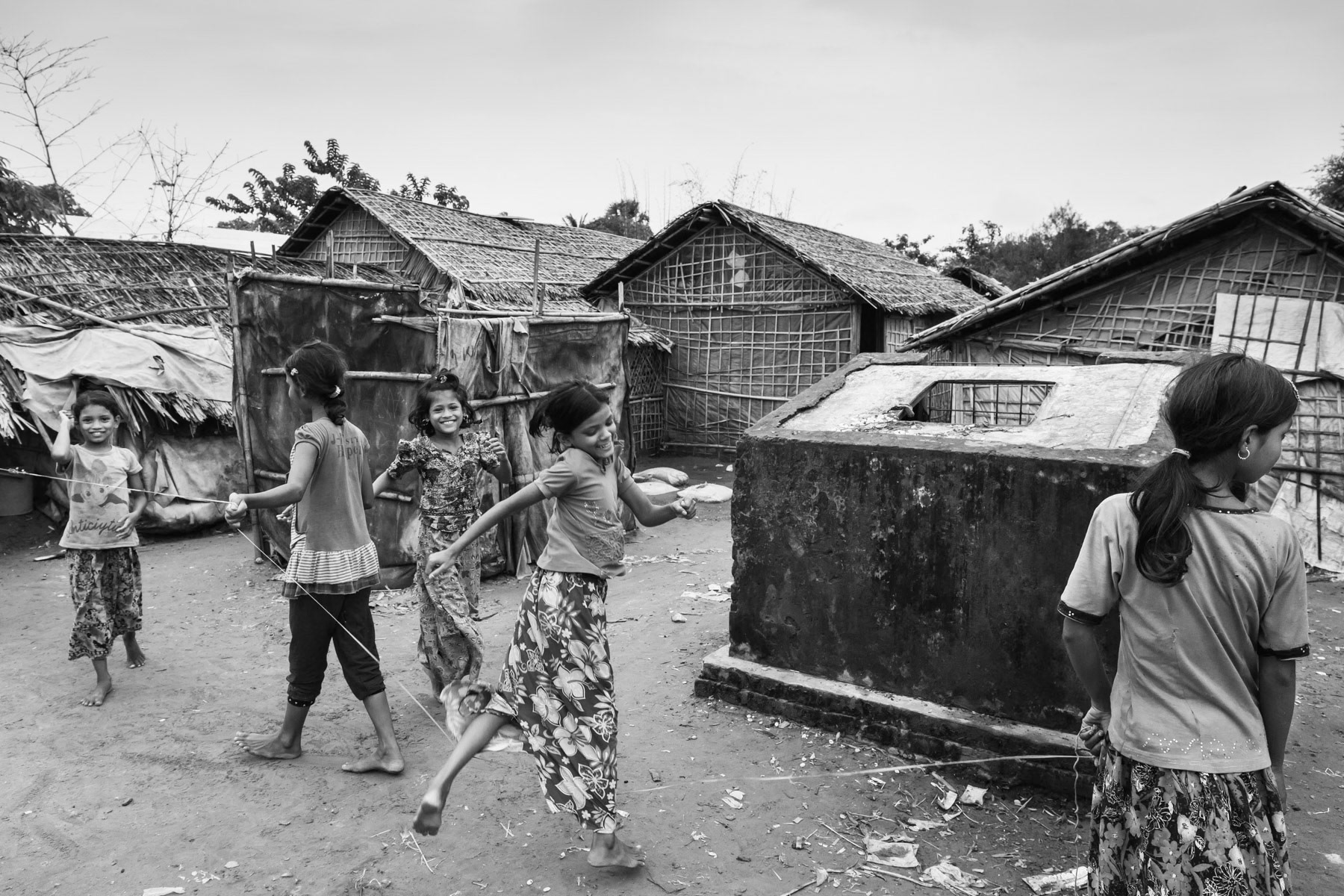
Children playing, Thau Chaung camp for the forcibly displaced Rohingya community from Sittwe township, Myanmar, October 2016
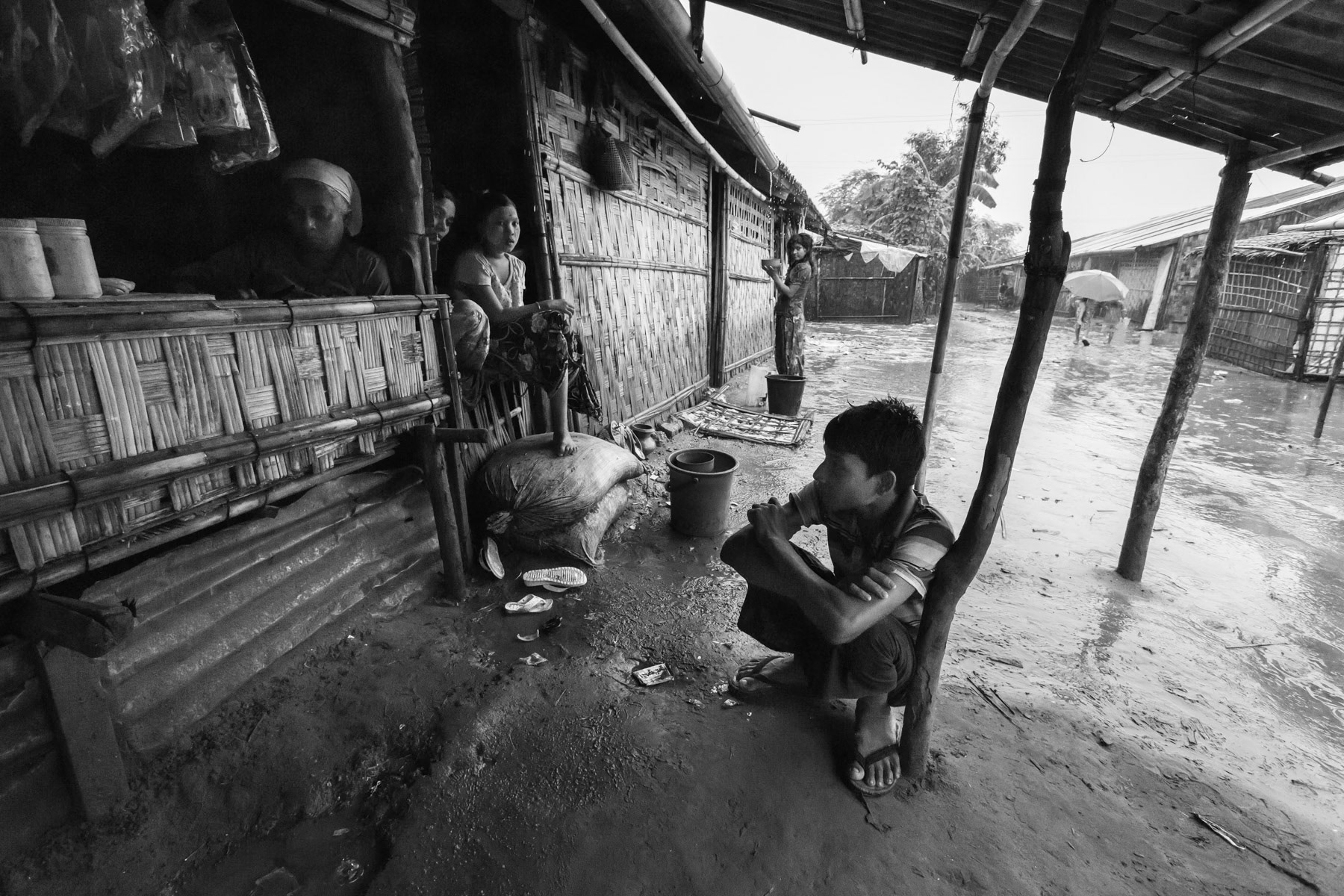
Waiting for the rain to pass, Baw Du Pha IDP camp for foribly displaced Rohingya, Sittwe township, Myanmar, October 2016
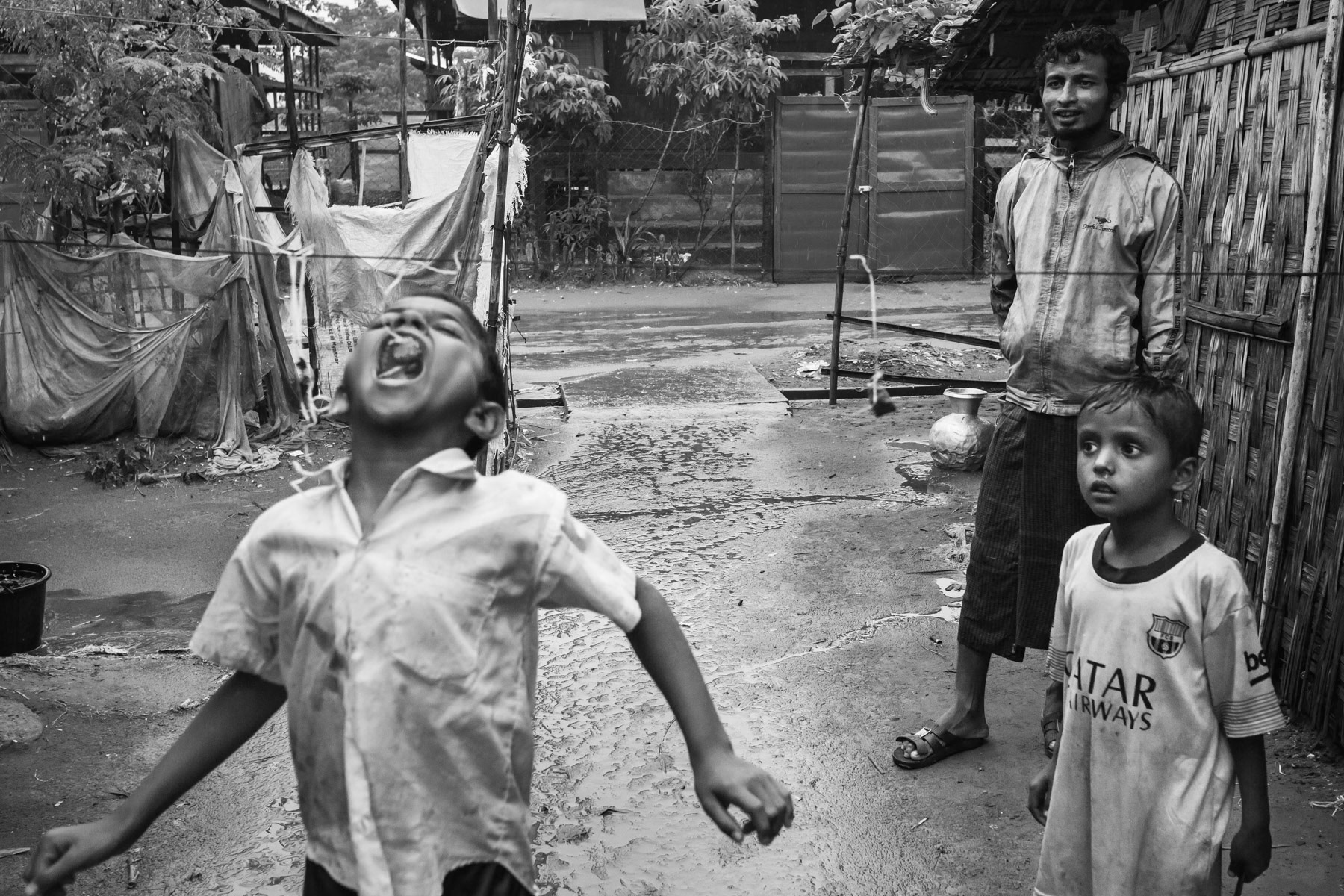
Rohingya children playing catch the sweets, Baw Du Pha IDP camp for internal displaced Rohingya, Sittwe township, Myanmar, October 2016
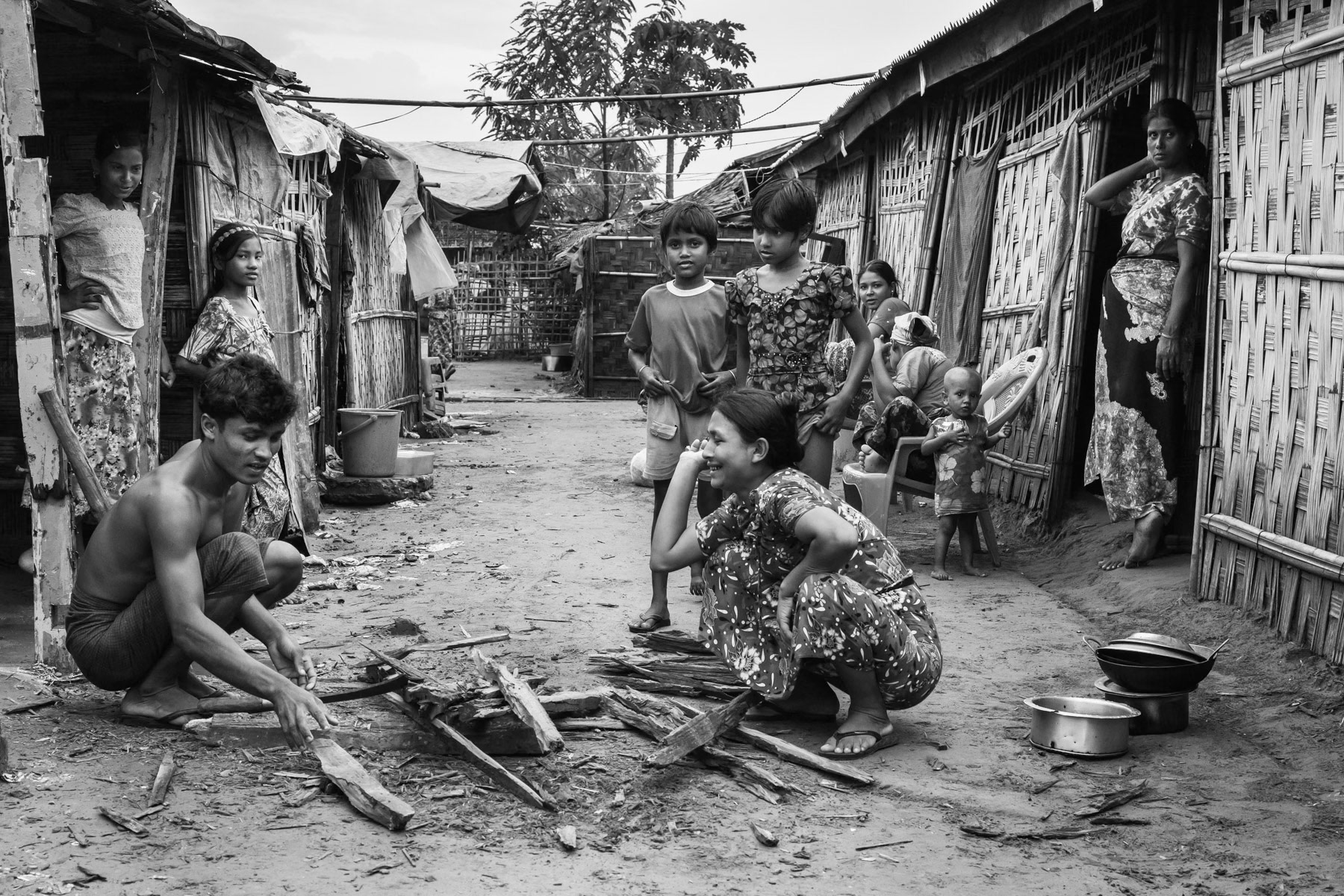
Preparing fire wood for cooking. Dar Paing internment camp, Sittwe township, Myanmar, October 2016

Displaced Rohingya collecting water at one of the two ponds, the only source of drinking water for the camp population. Water supply for the 8,000 Rohingya is only through ponds. No tube wells are used because the soil is too rocky and the water too salty. Acute shortages of water occur during the dry season. Unclean water is causing high levels of diarrhea and a breeding ground for mosquito's causing malaria and dengue fever. The closest hospital is in Sittwe requiring a police permission to go to, and takes several hours by boat. Kyin Ni Pyin IDP Camp near Paktauw, Myanmar, May 2017
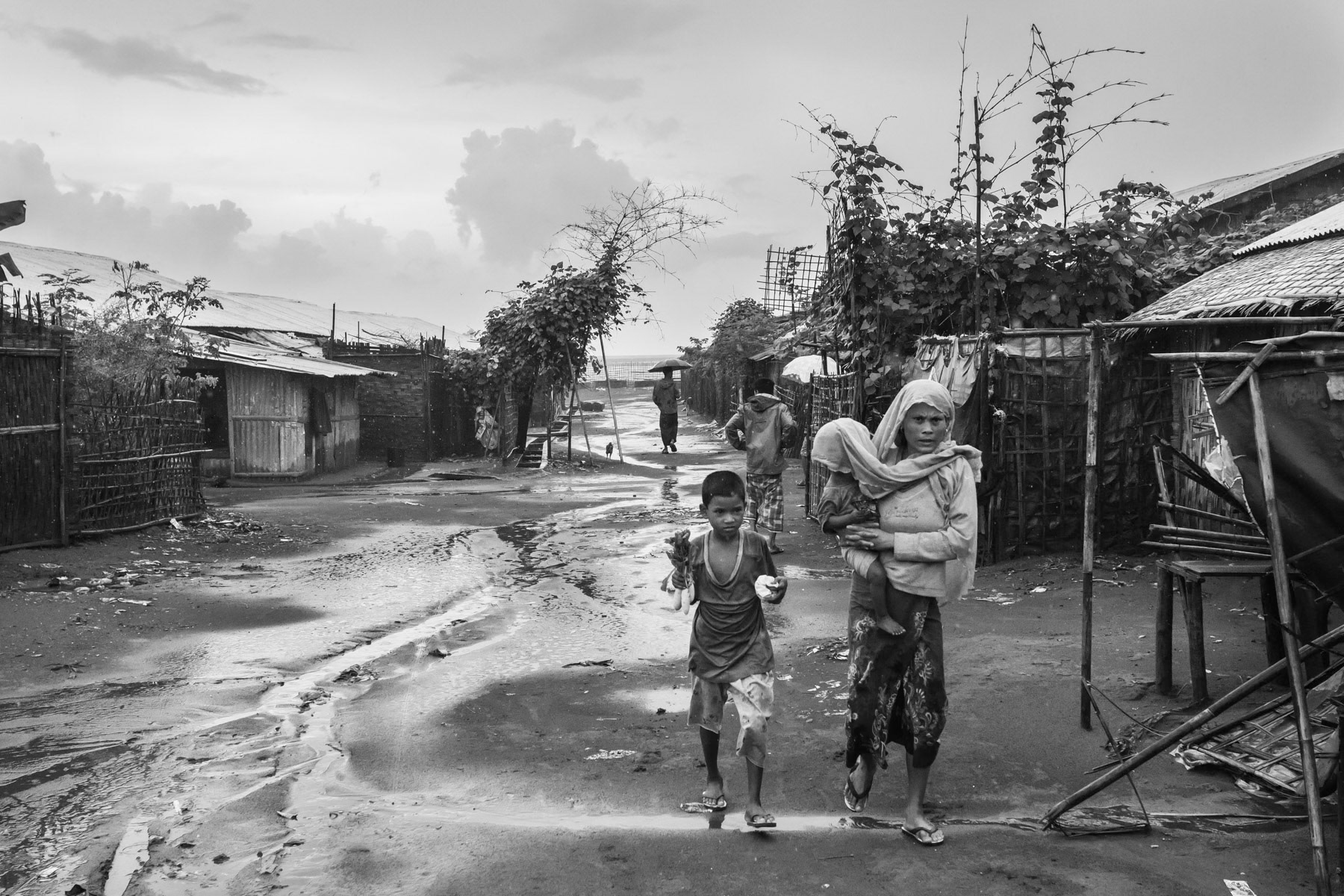
Baw Du Pha internment camp for forcibly displaced Rohingya. Sittwe township in Rakhine, Myanmar, October 2016
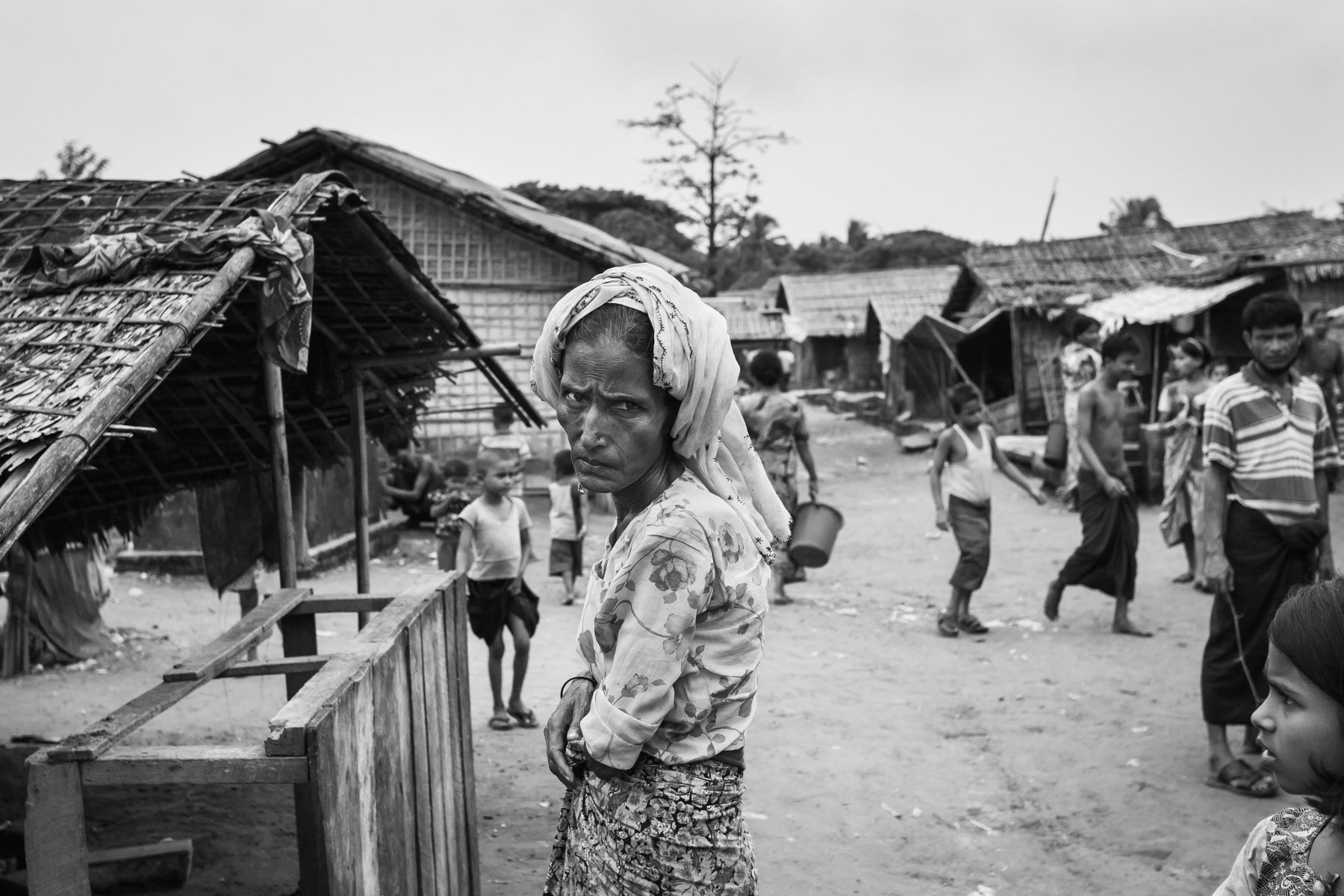
Rohingya displaced person entrapped in a concentration like camp where the population is not allowed to leave the camp. Thau Chaung IDP camp, Sittwe, Myanmar, October 2016
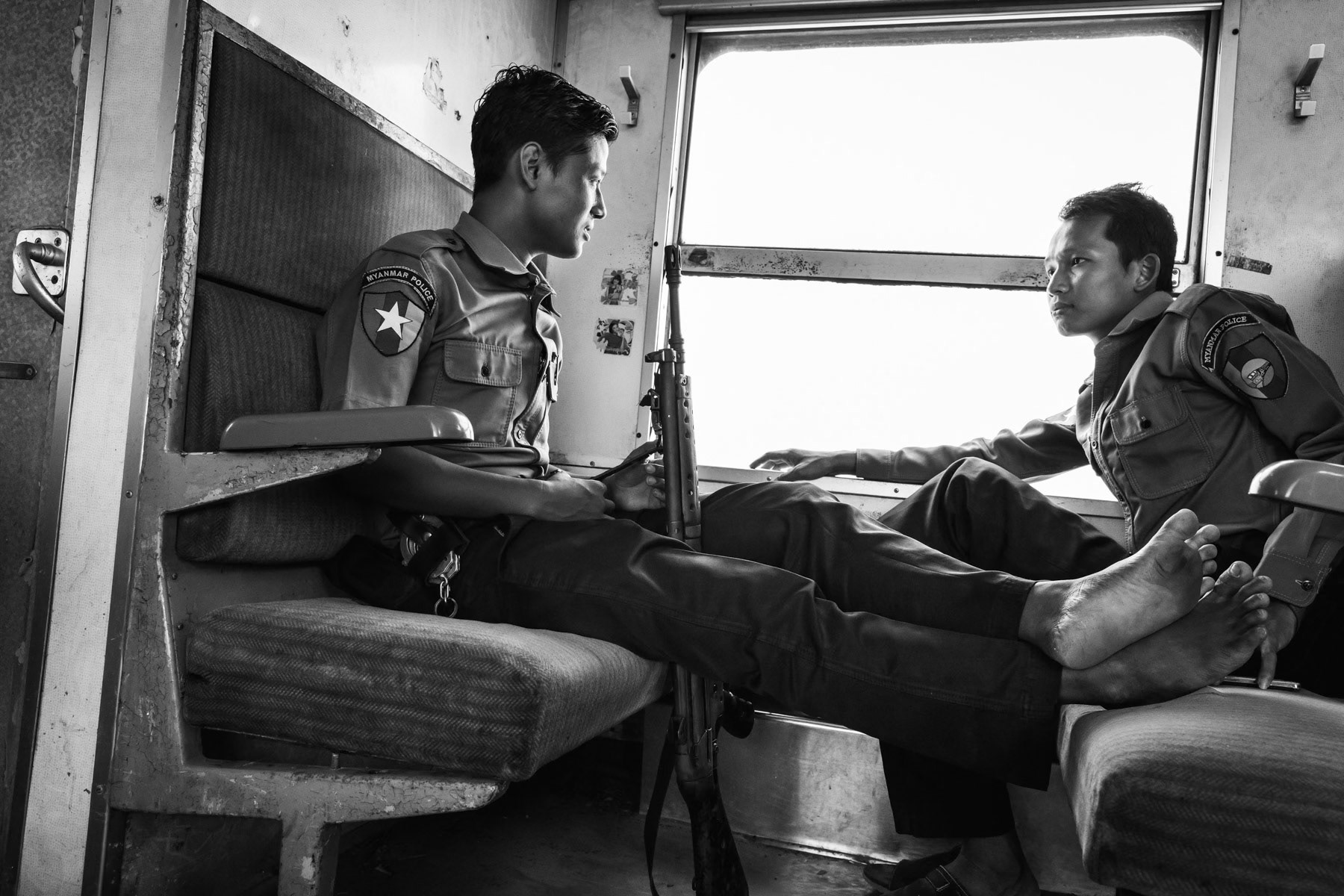
Myanmar heavily armed railway police on a train passing through the Rohingya IDP camps in Sittwe township, Myanmar, May 2017

Baw Du Pha internment camp for forcibly displaced Rohingya. Sittwe township in Rakhine, Myanmar, October 2016

Repairing fishing nets, Rashimi a Rohingya village in Sittwe township, Myanmar, October 2016
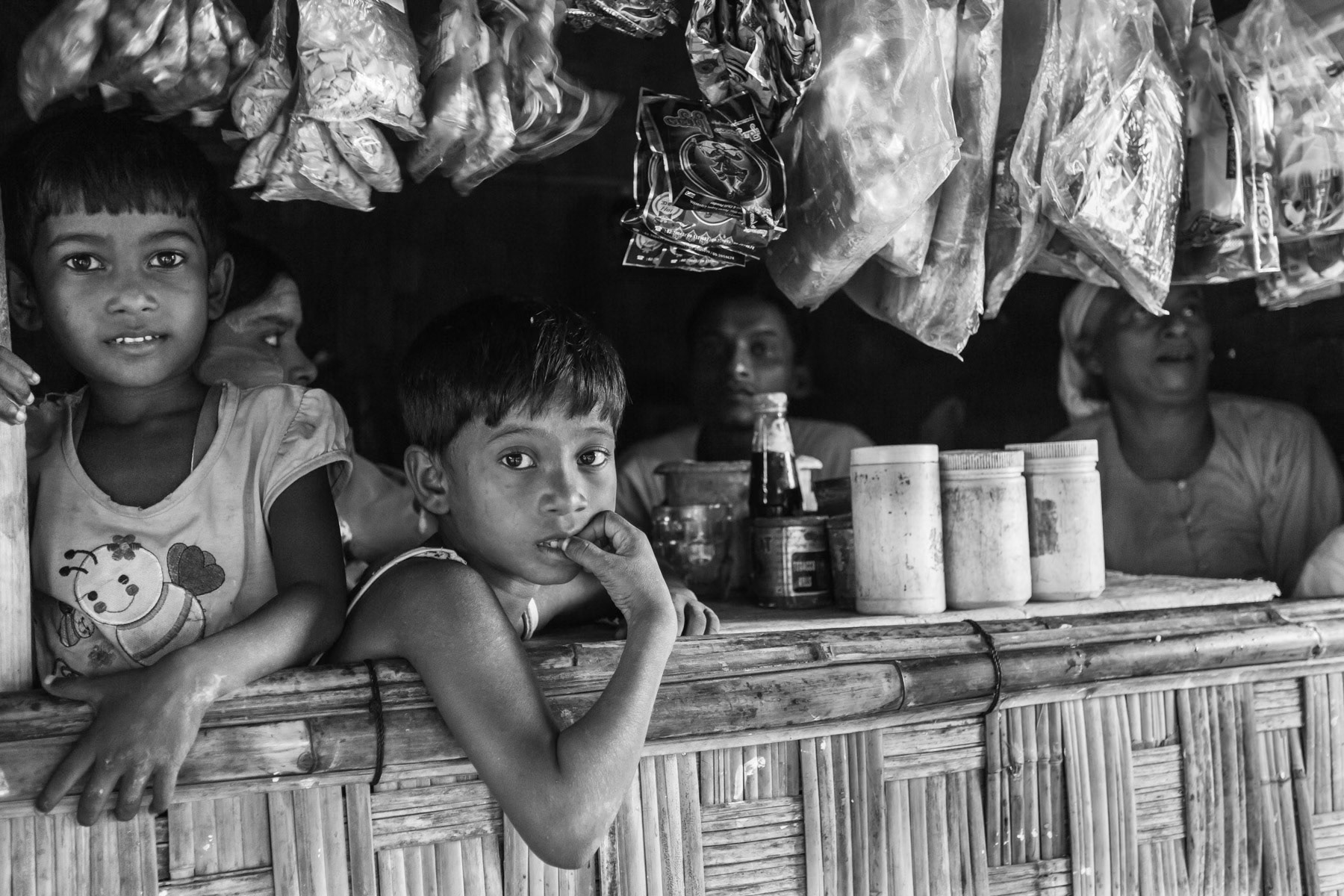
Small grocery shop. Having had their land confiscated, there are no possibilities to grow food in the camps. Food is scarce and double the price than in the market of Sittwe, where the camp population is not allowed to go. Malnutrition is widespread and the general health condition very poor. Baw Du Pha internment camp for the forcibly displaced Rohingya population. Sittwe township, Myanmar, October 2016
